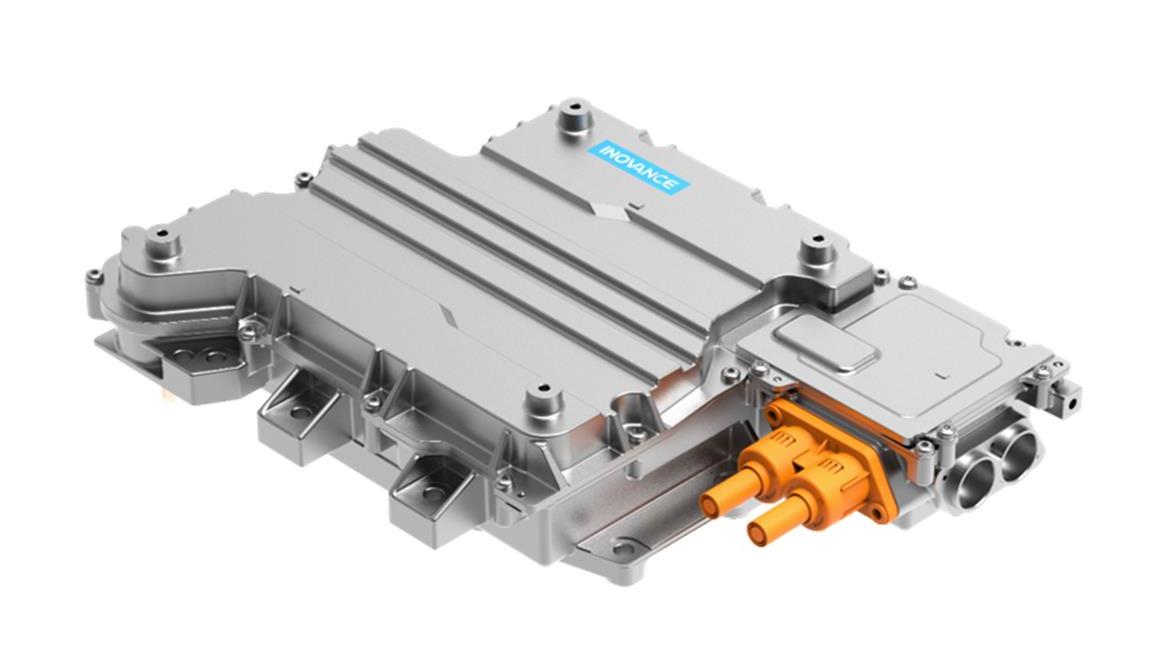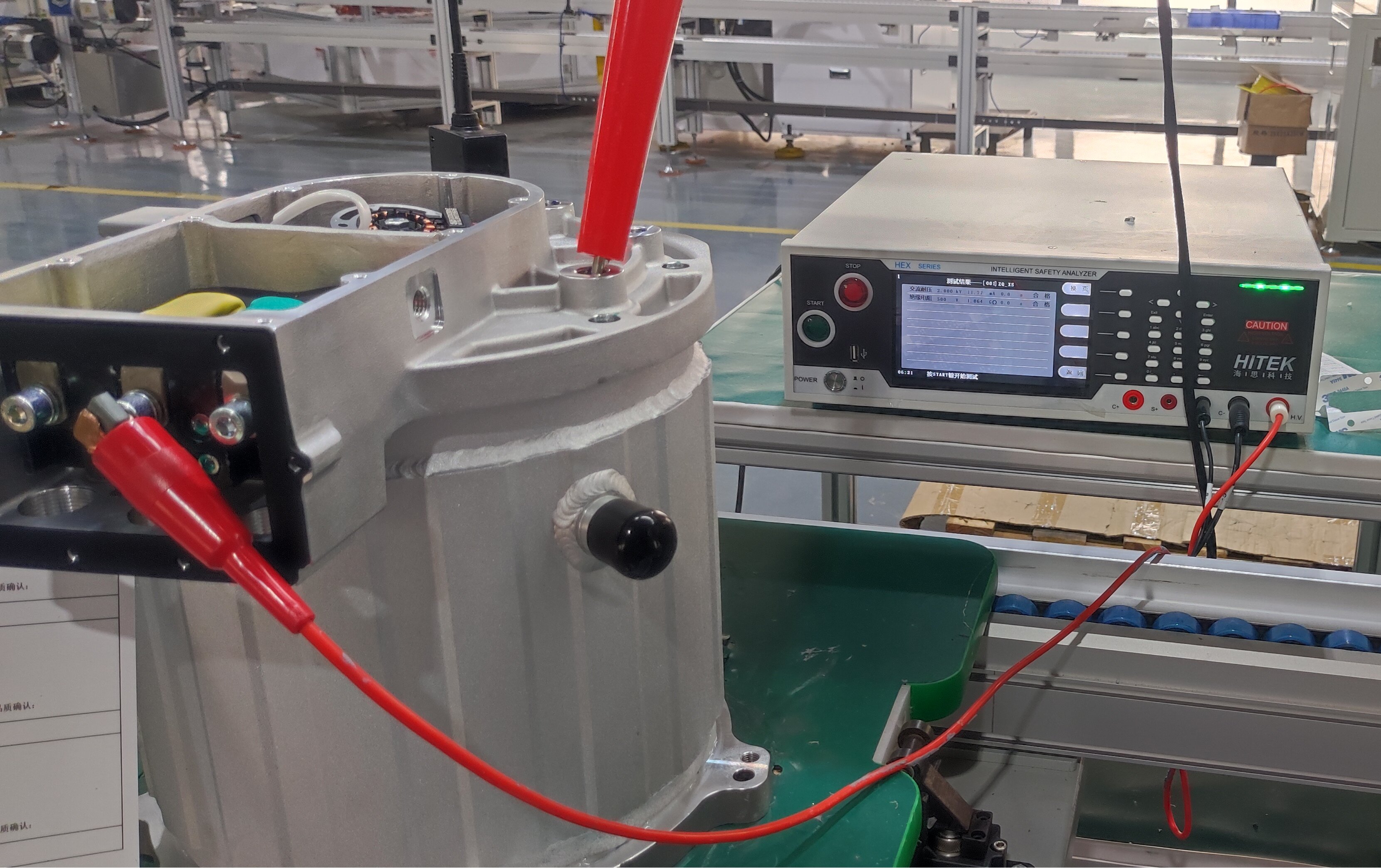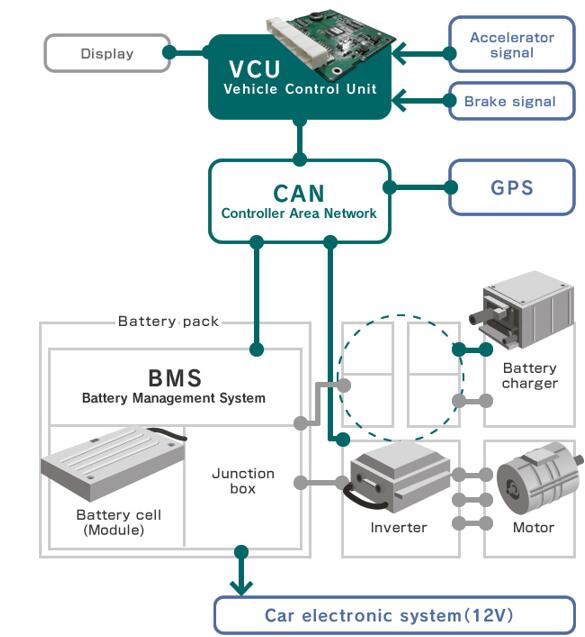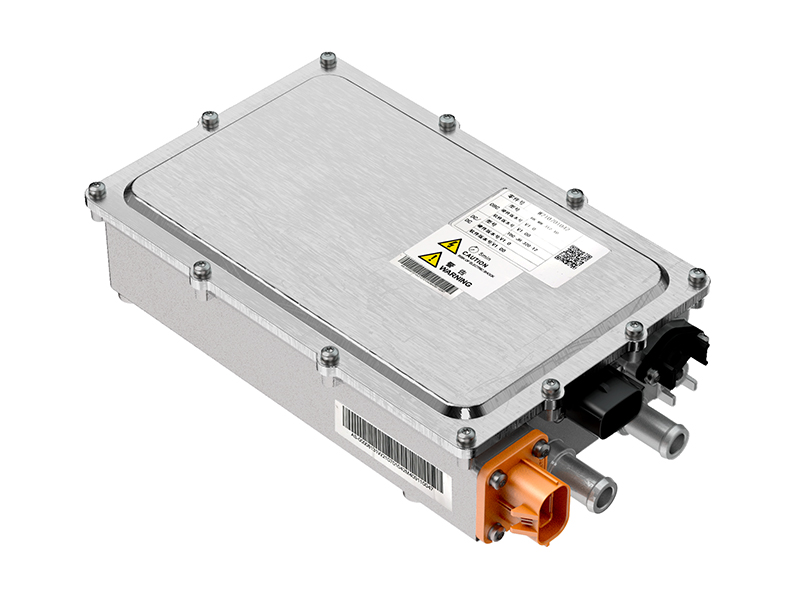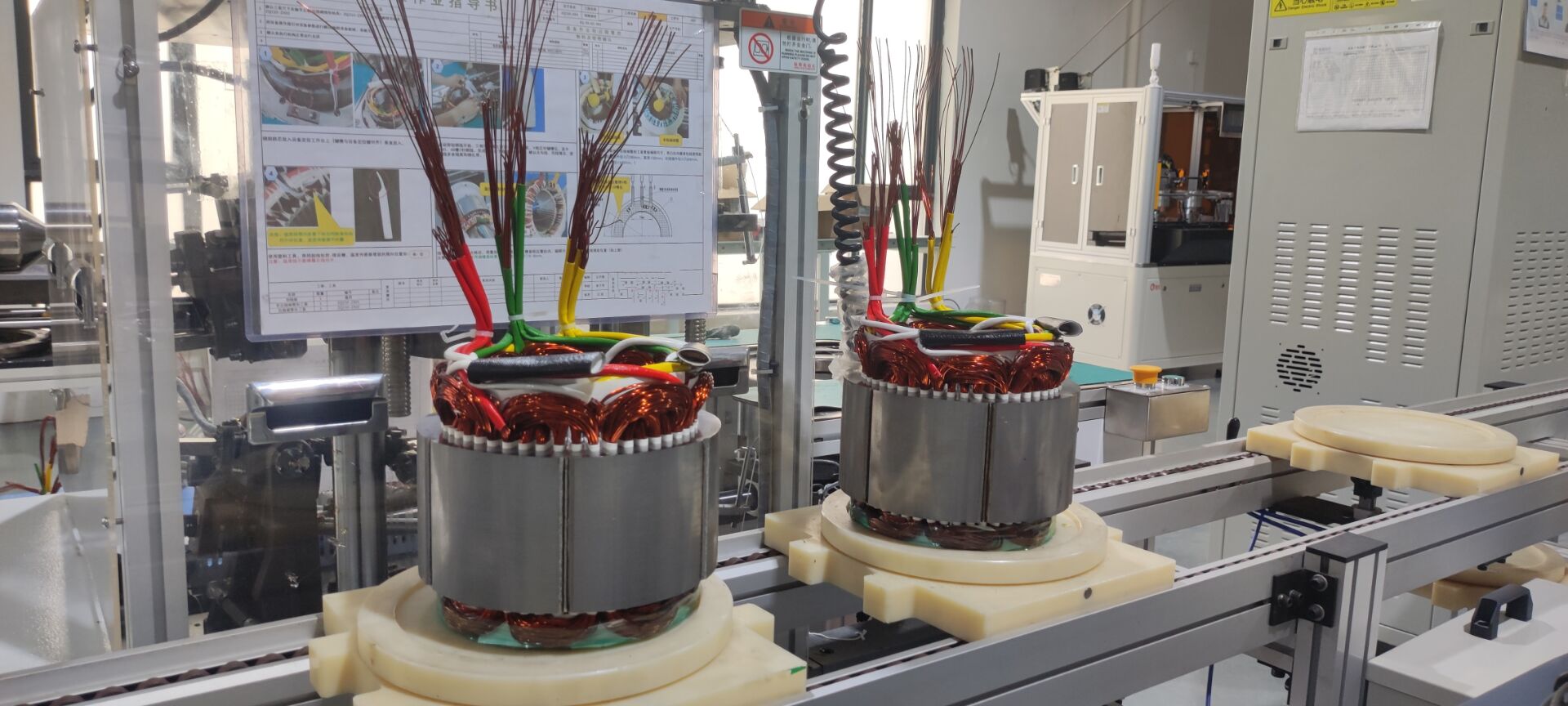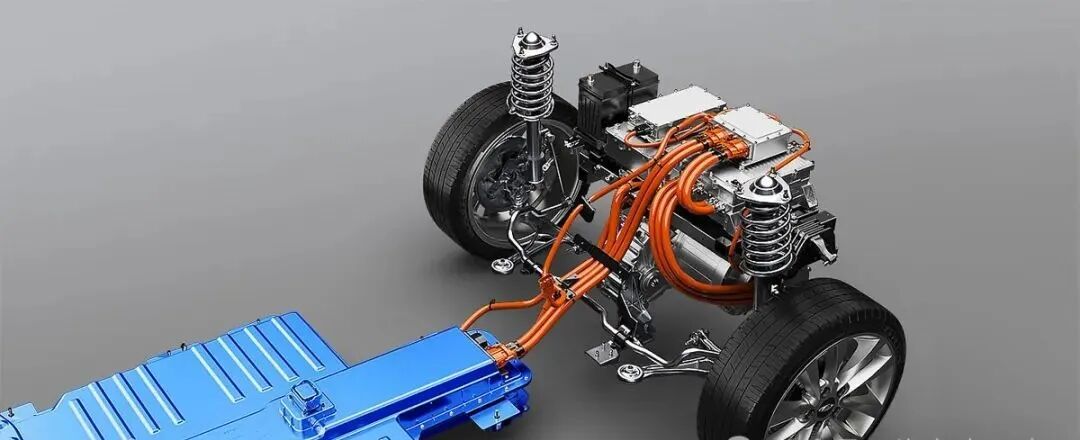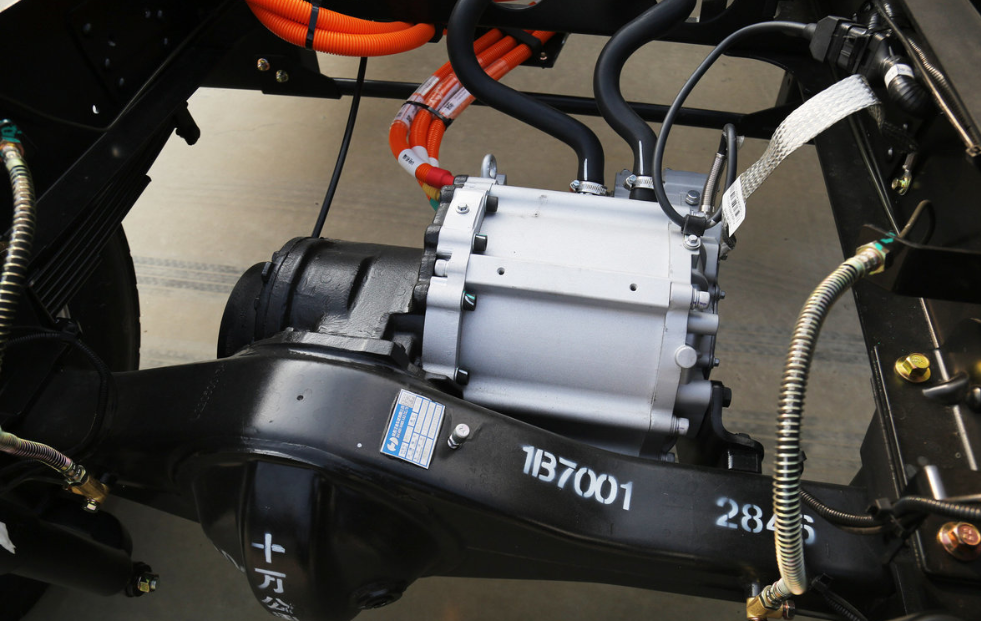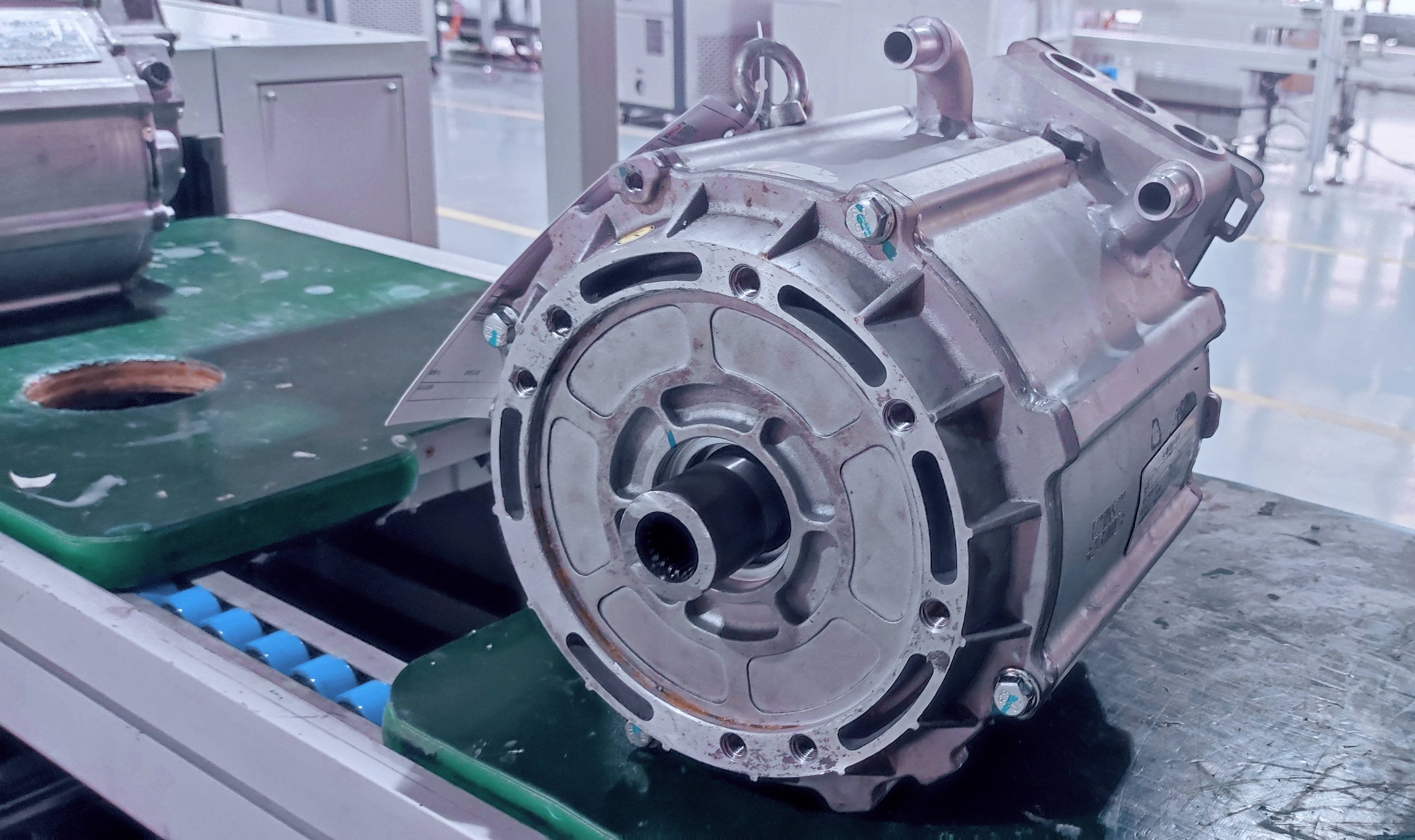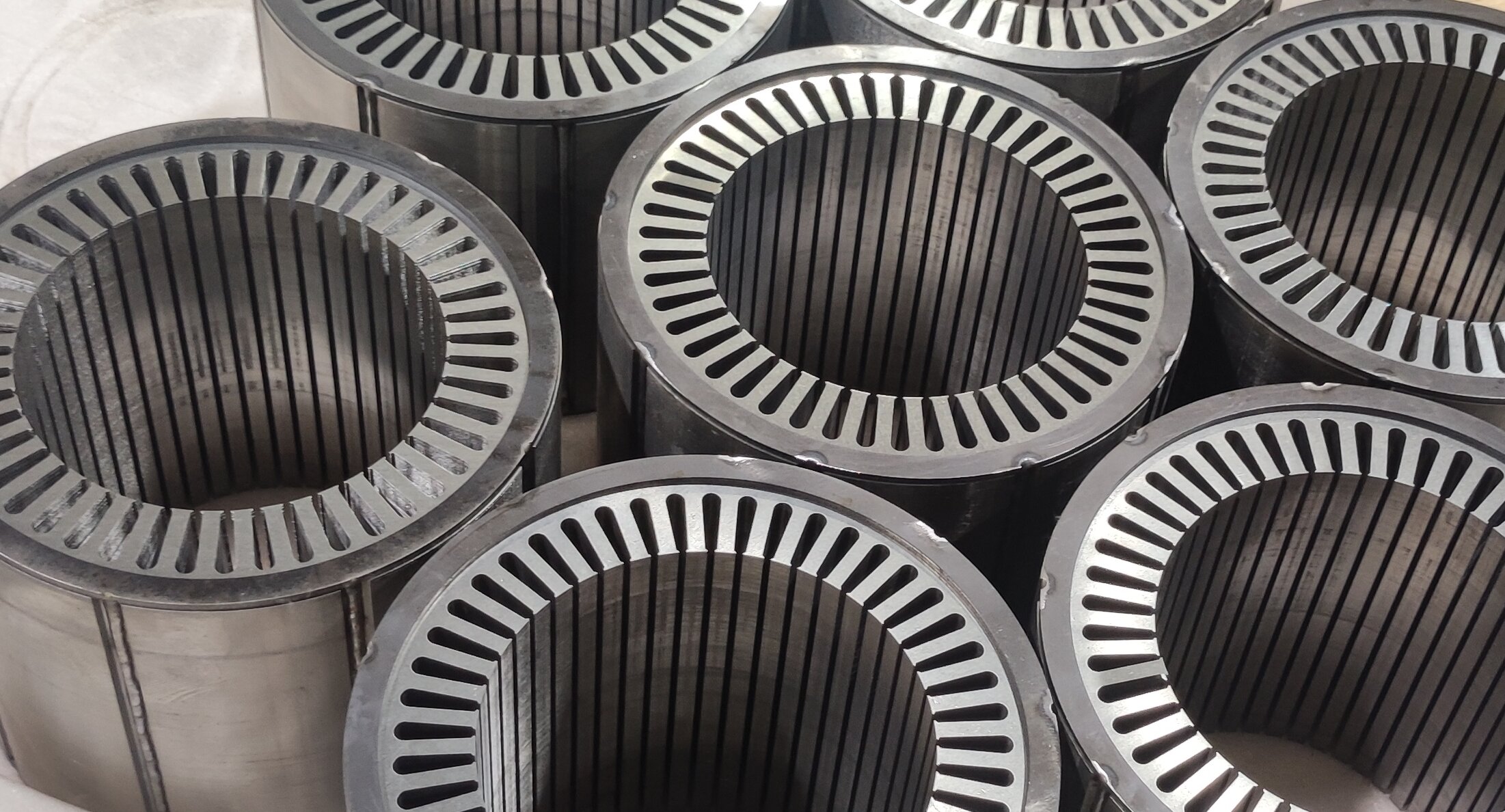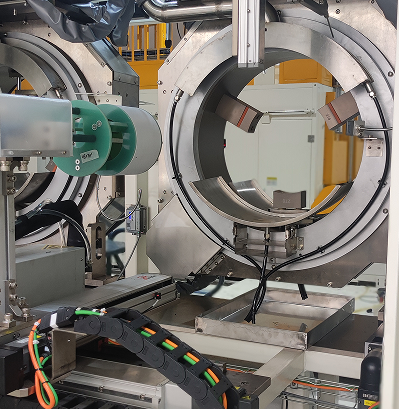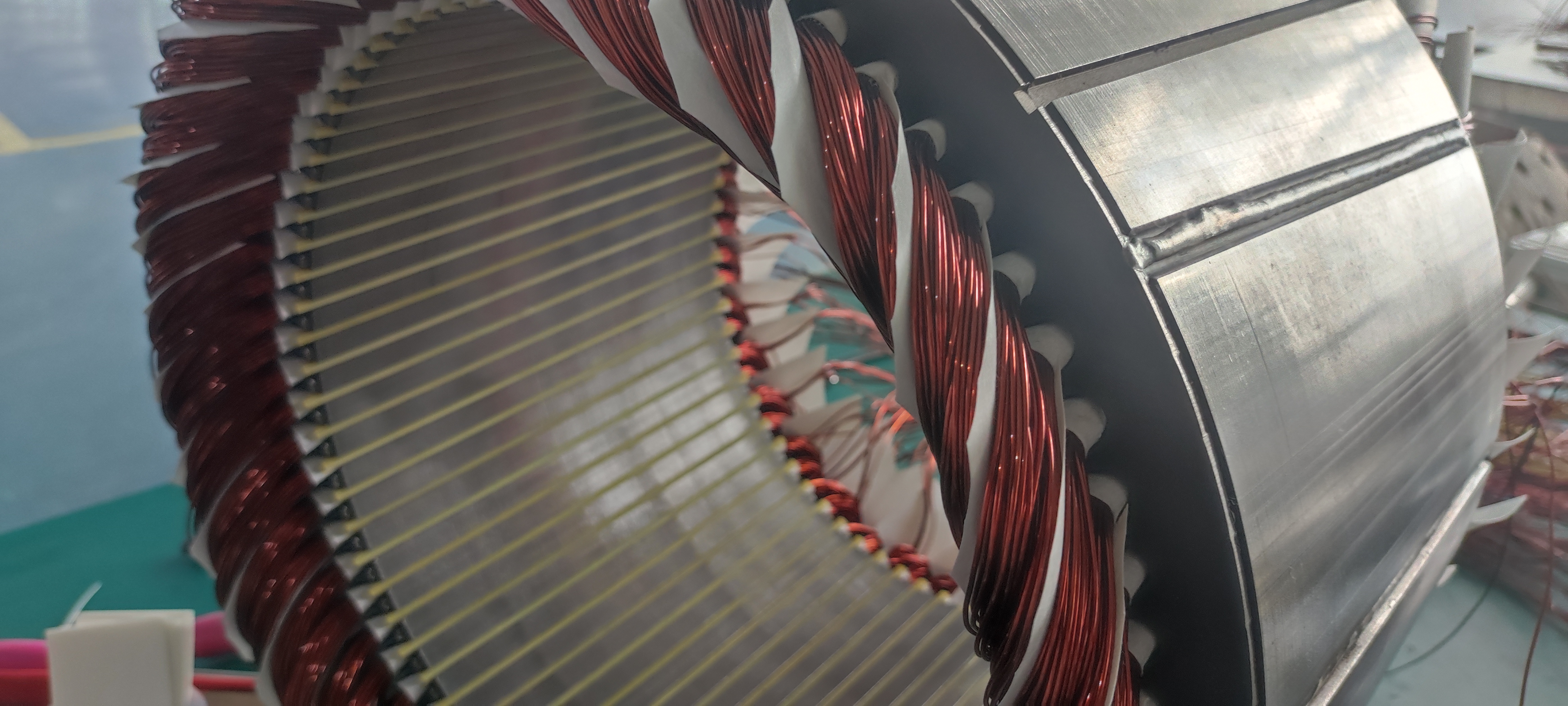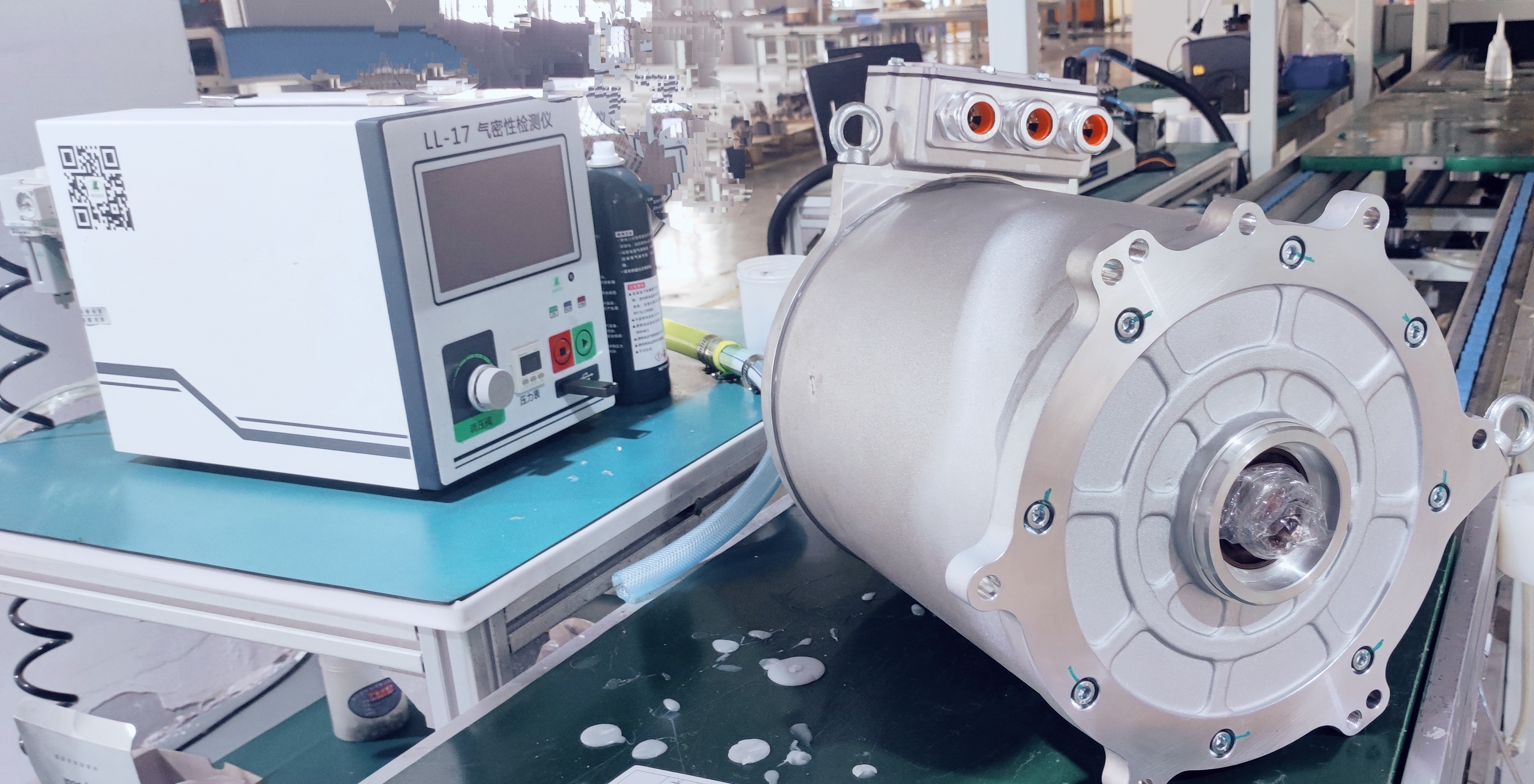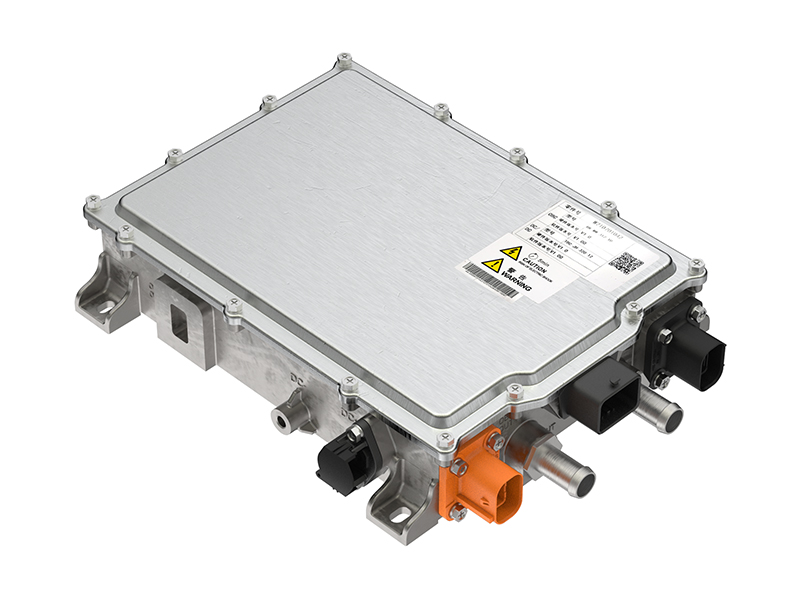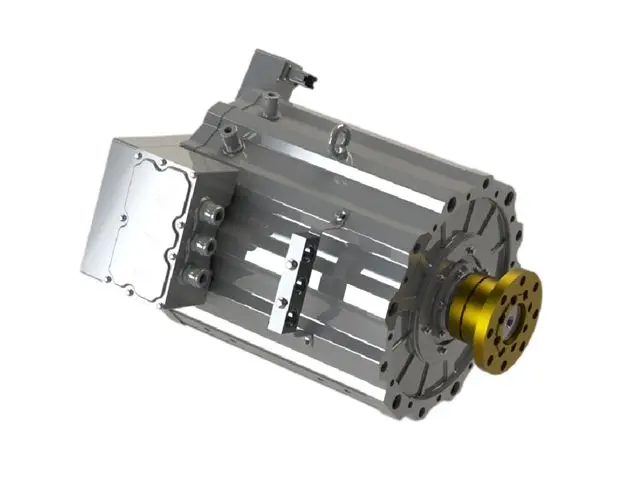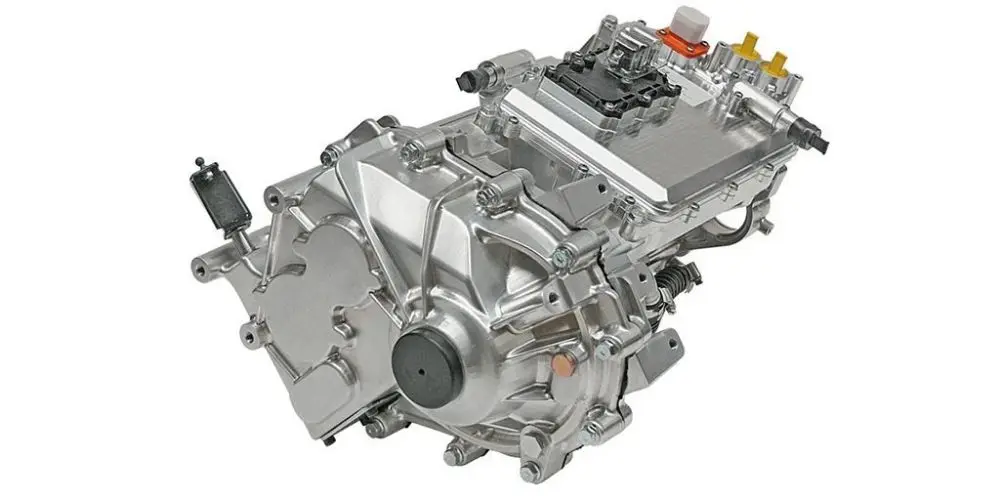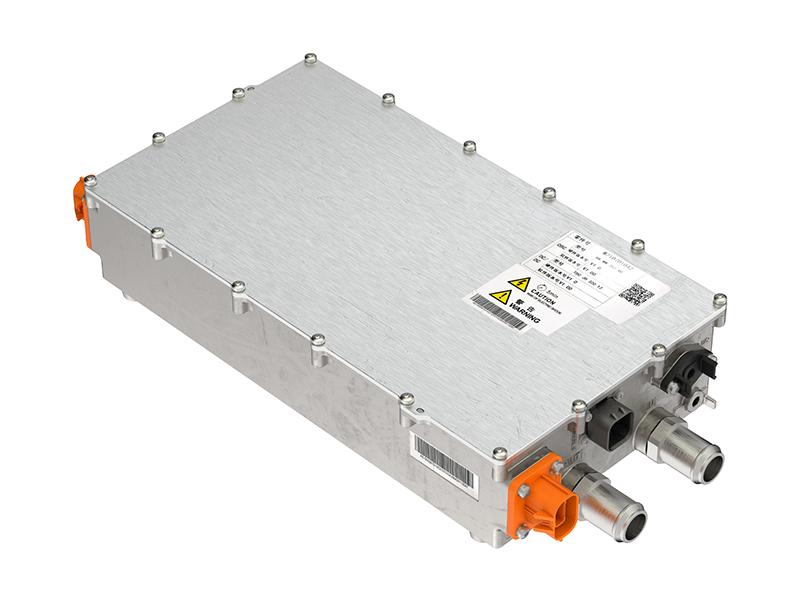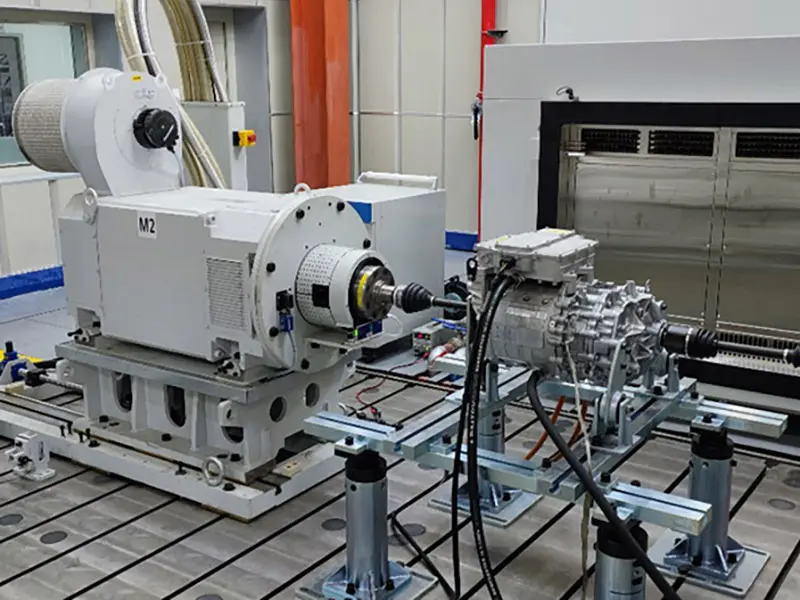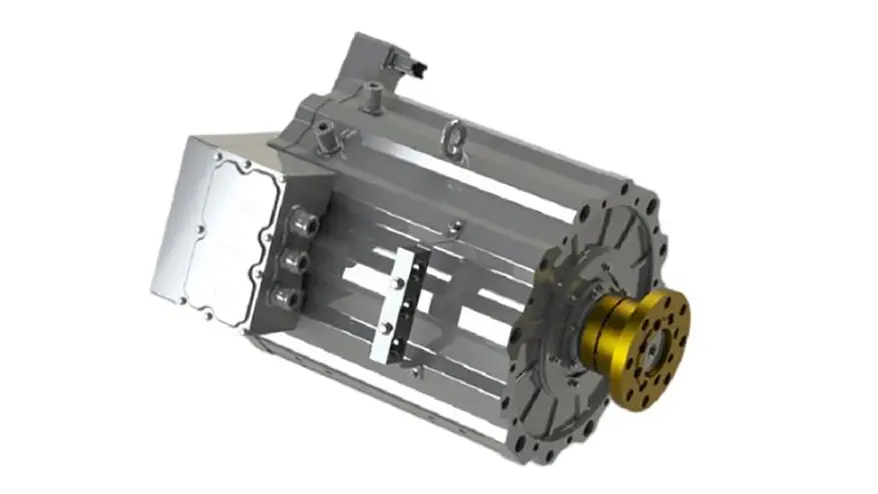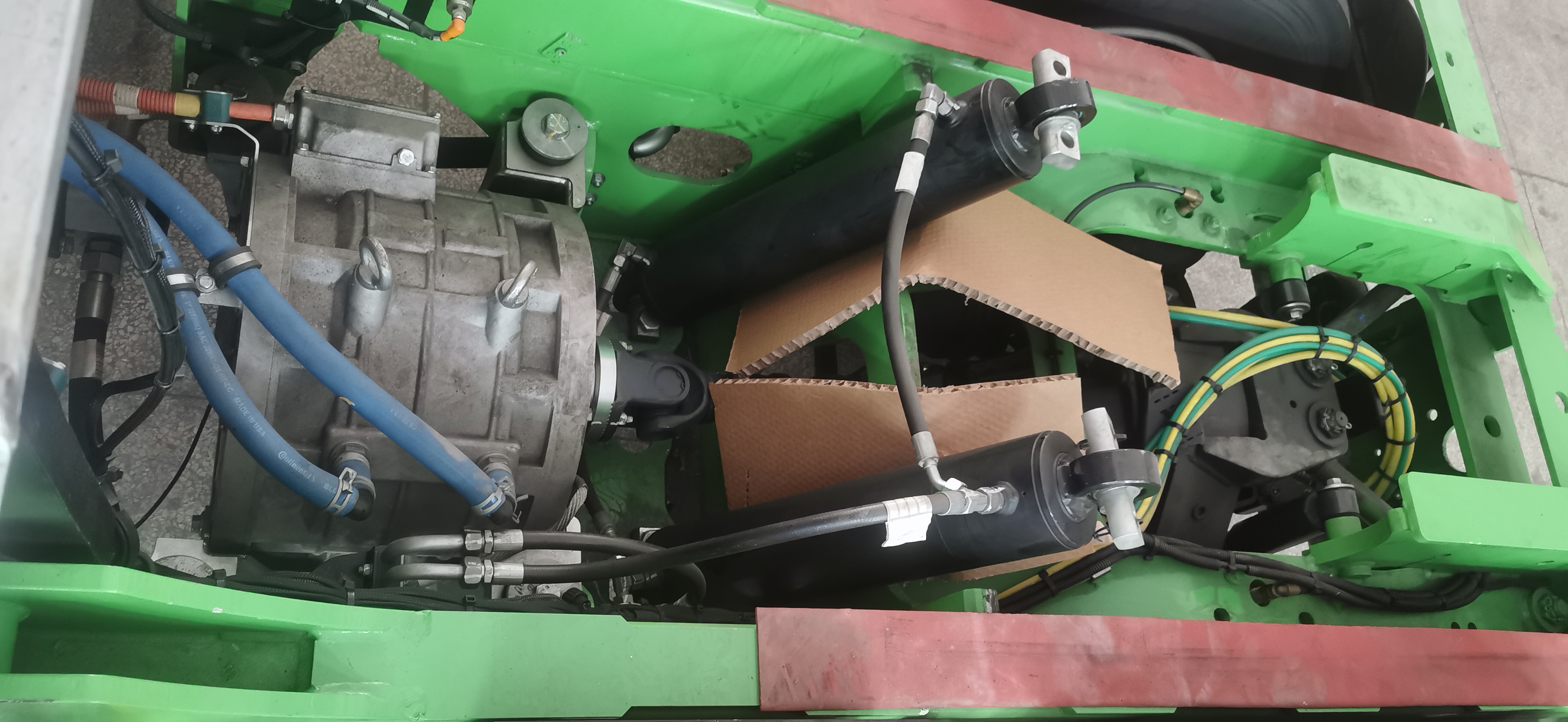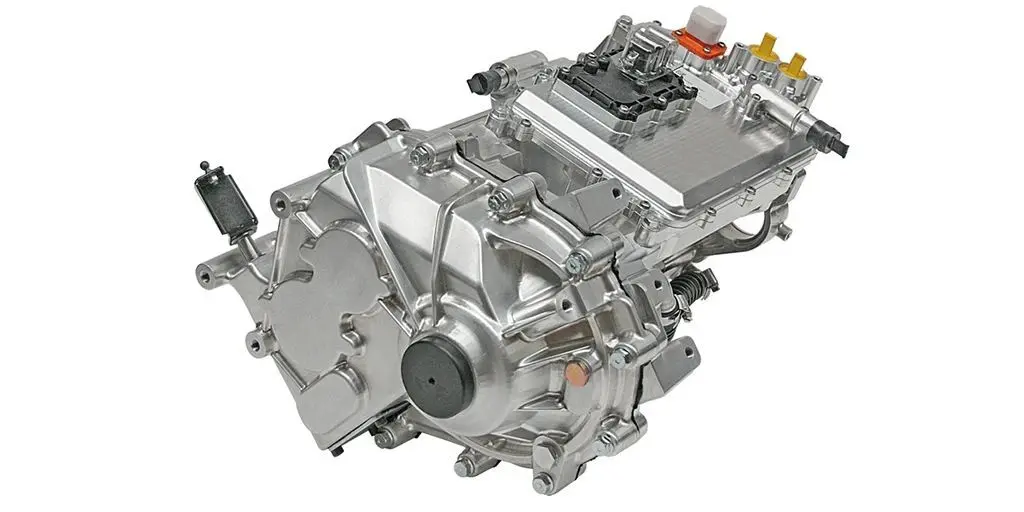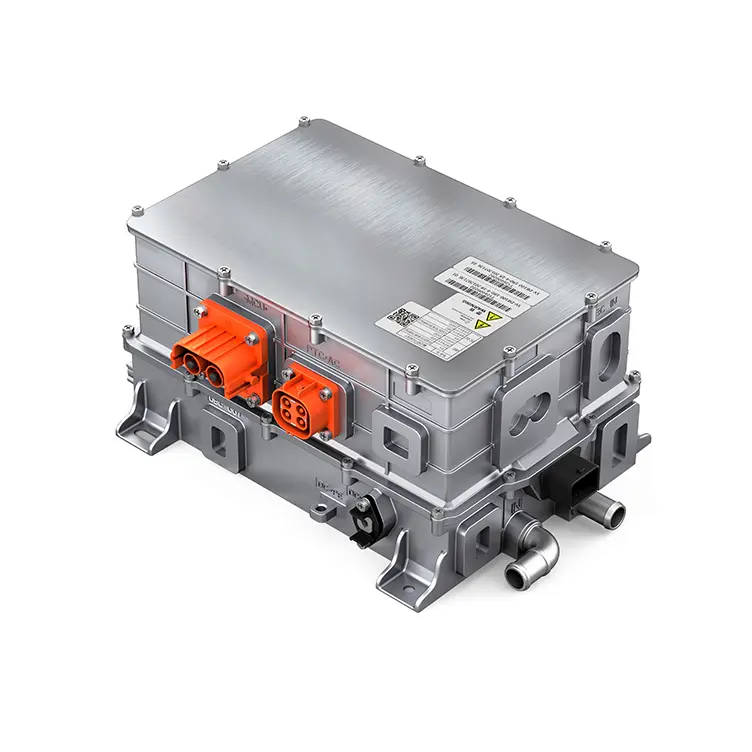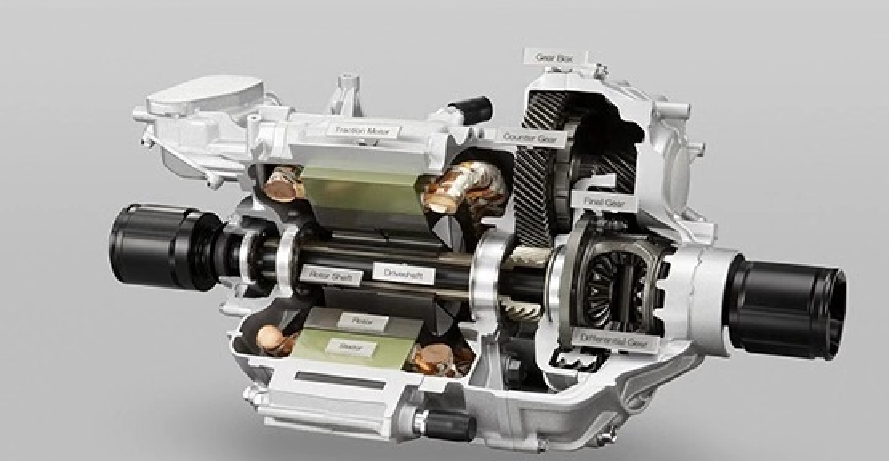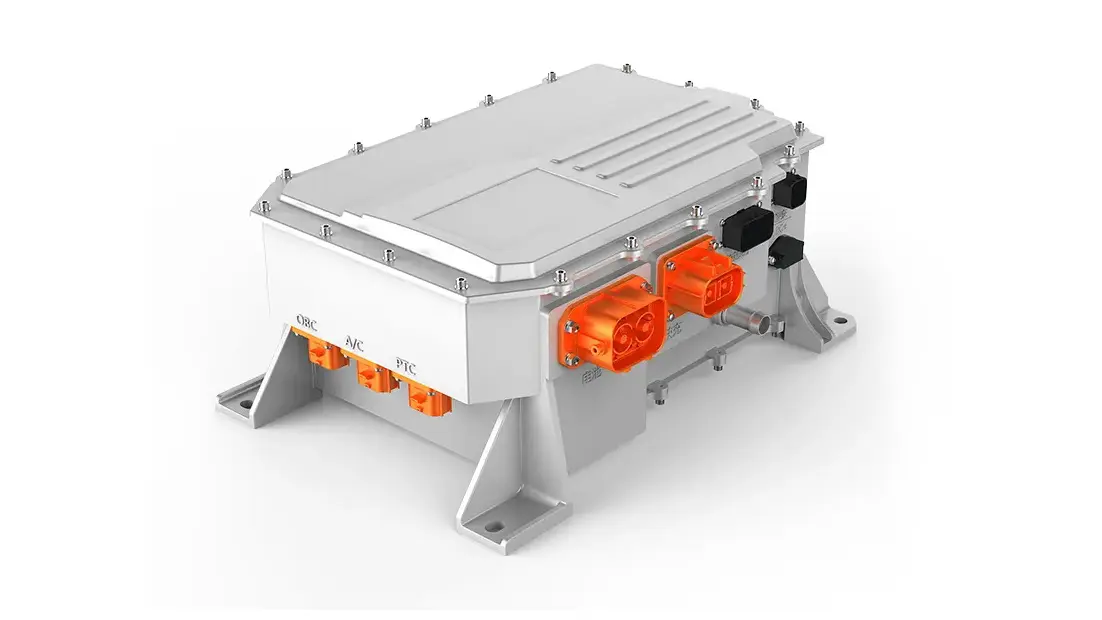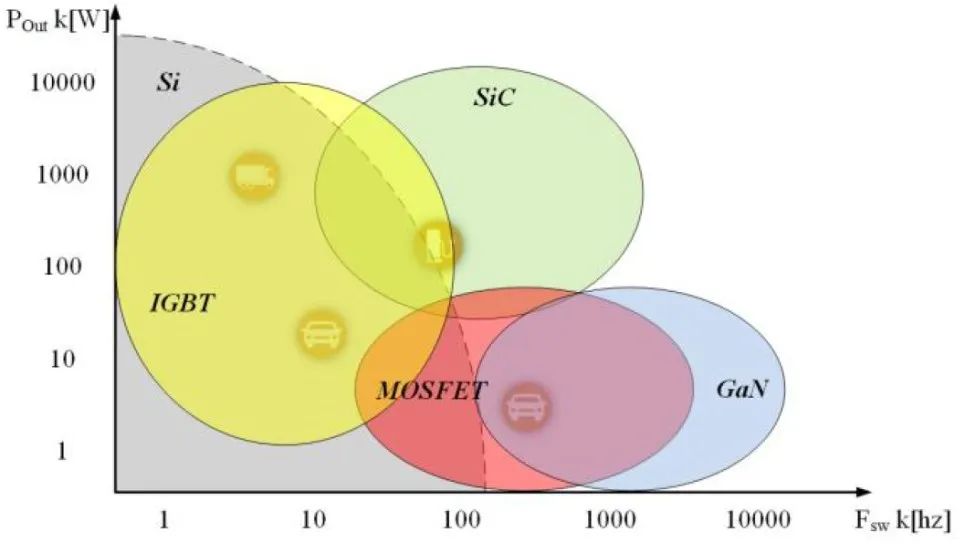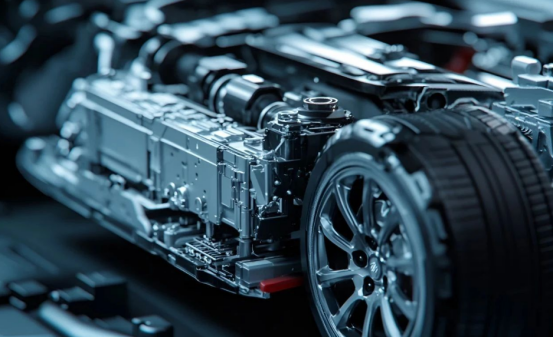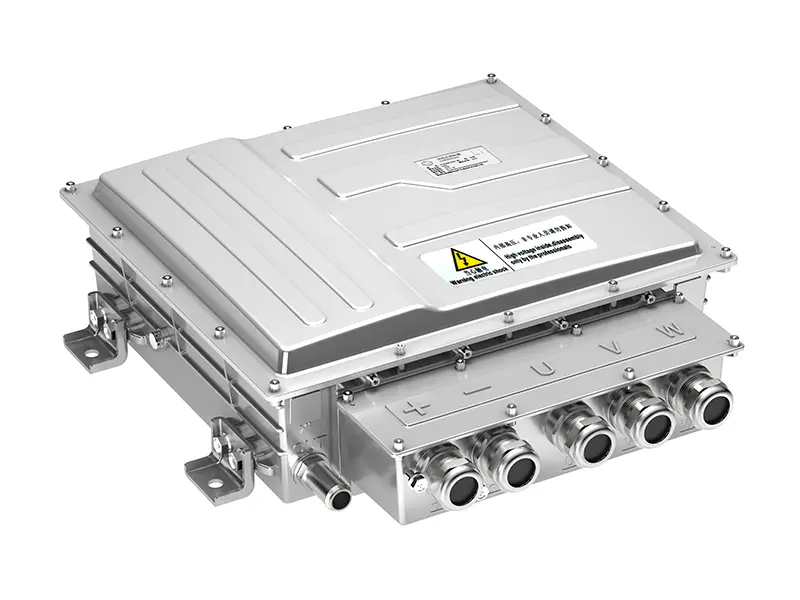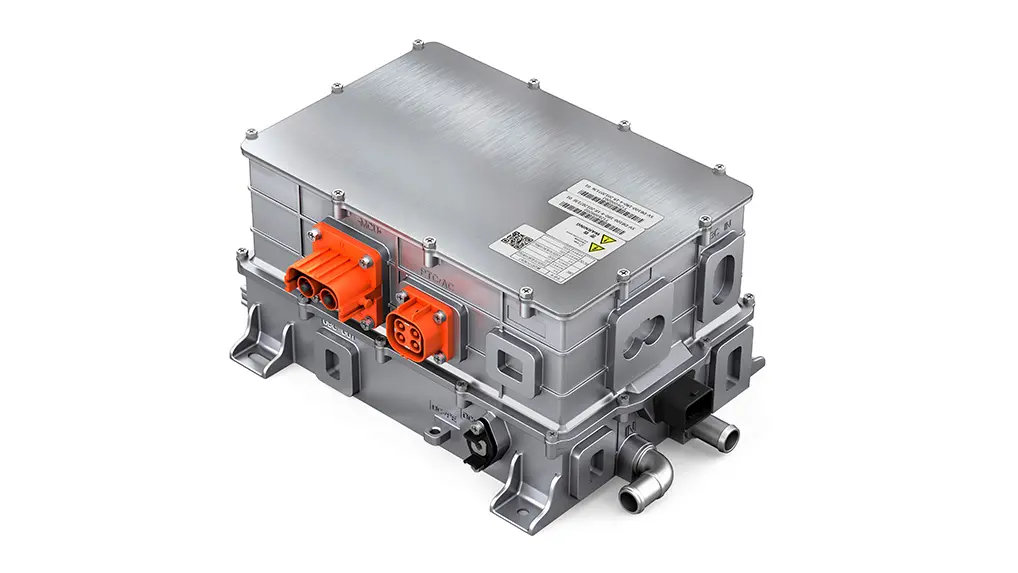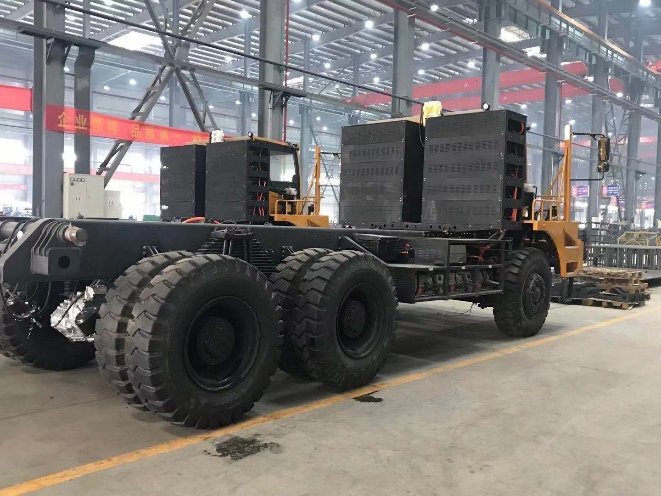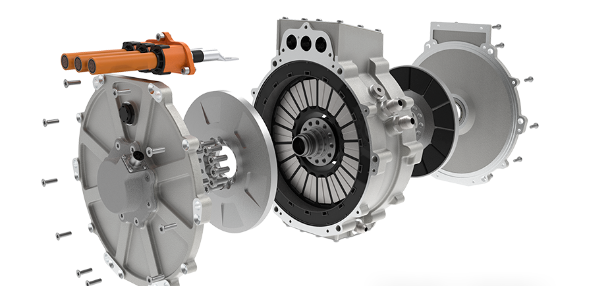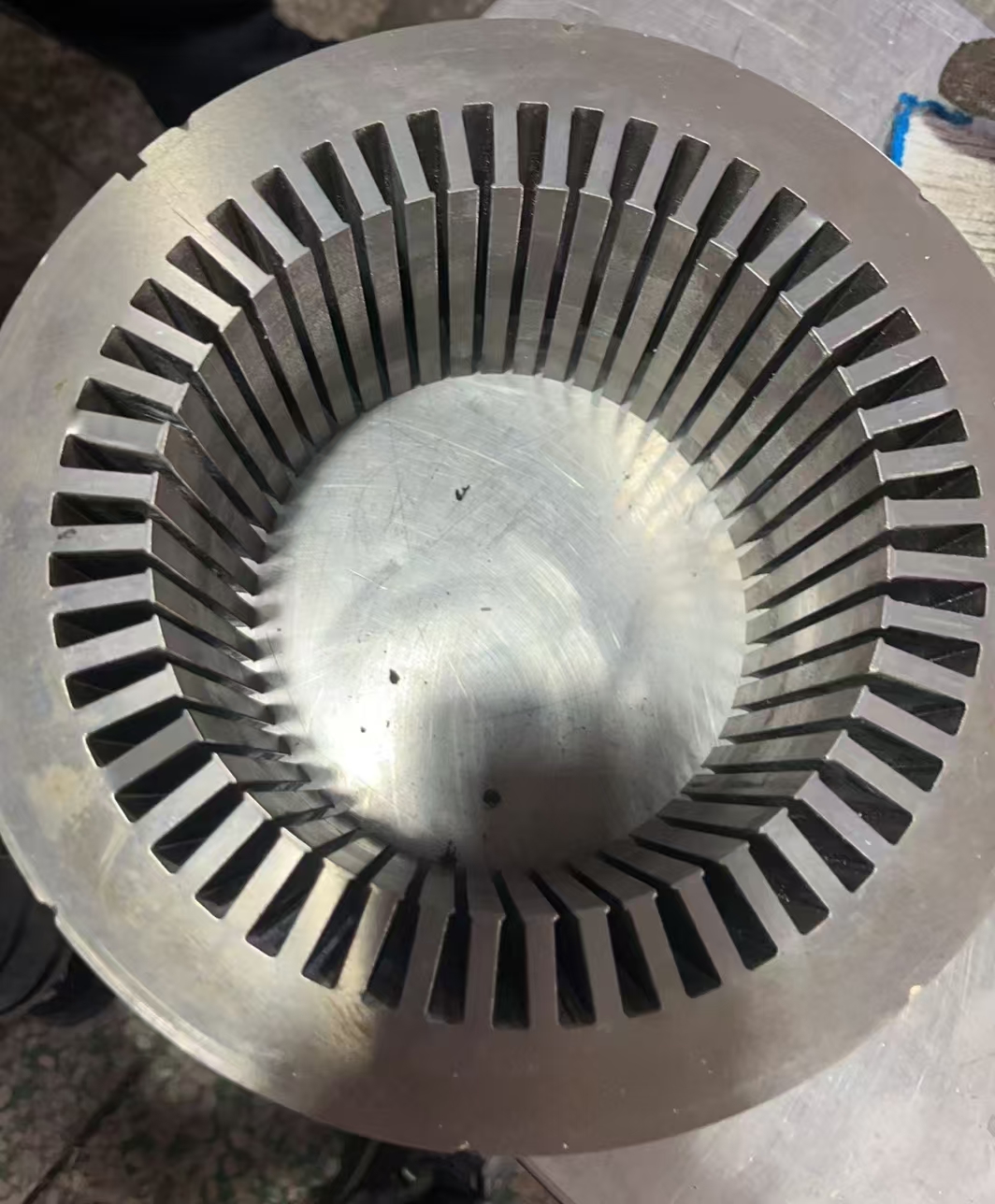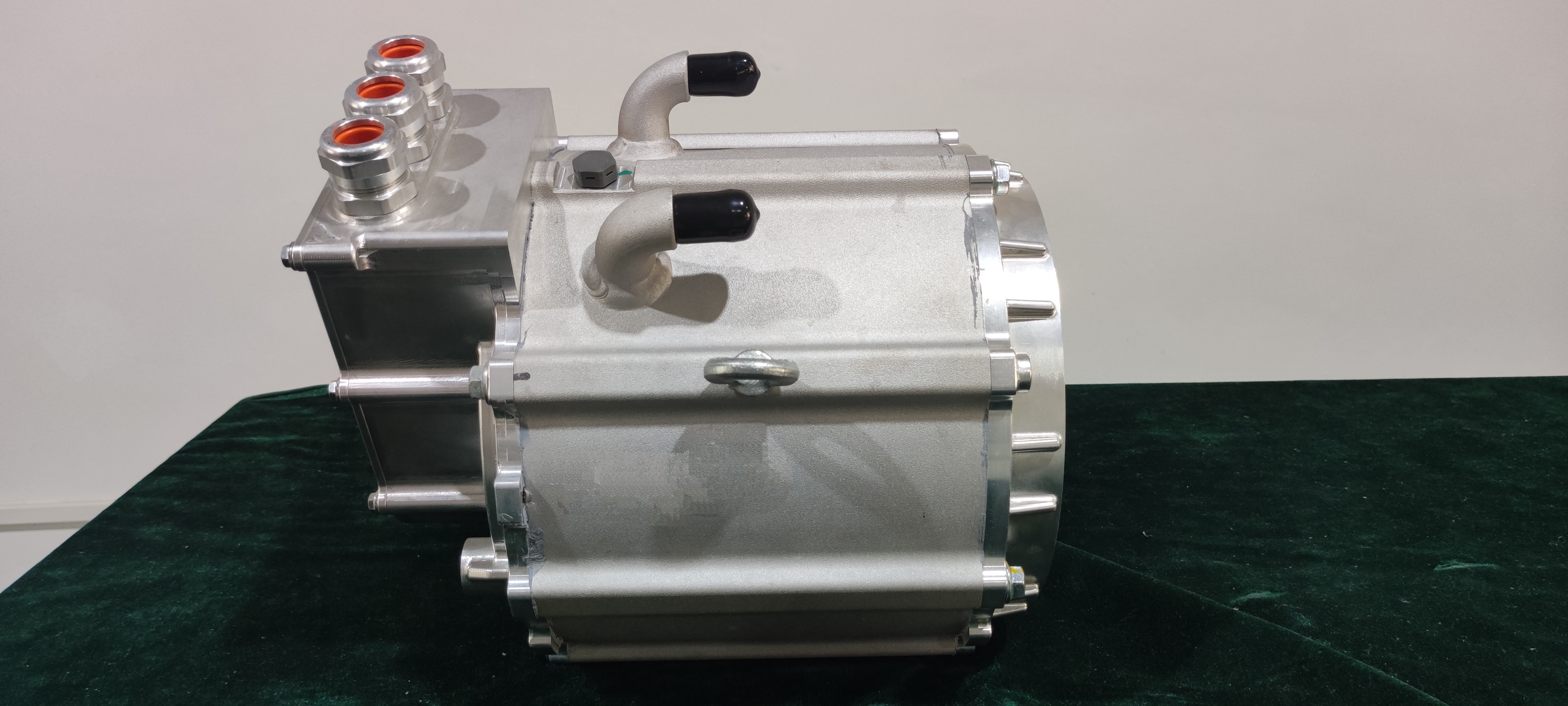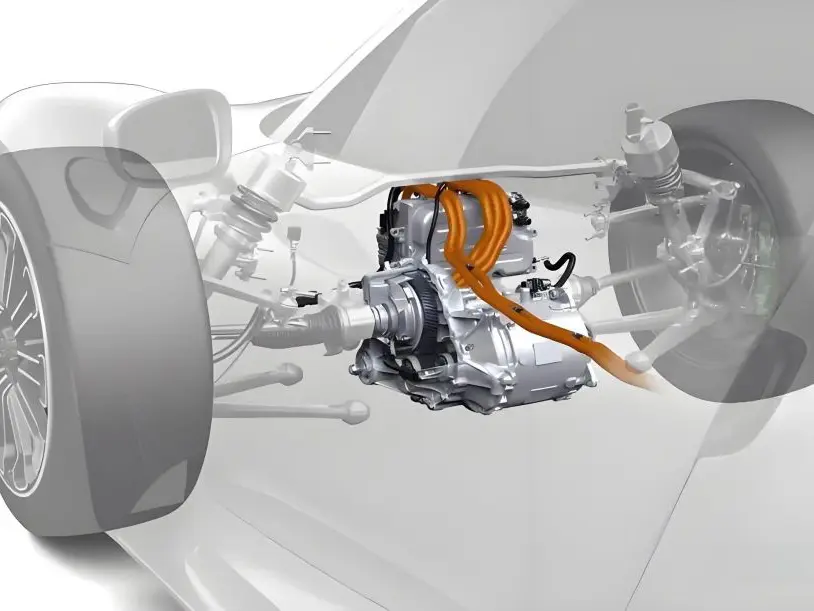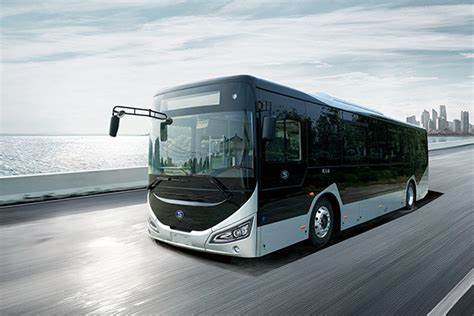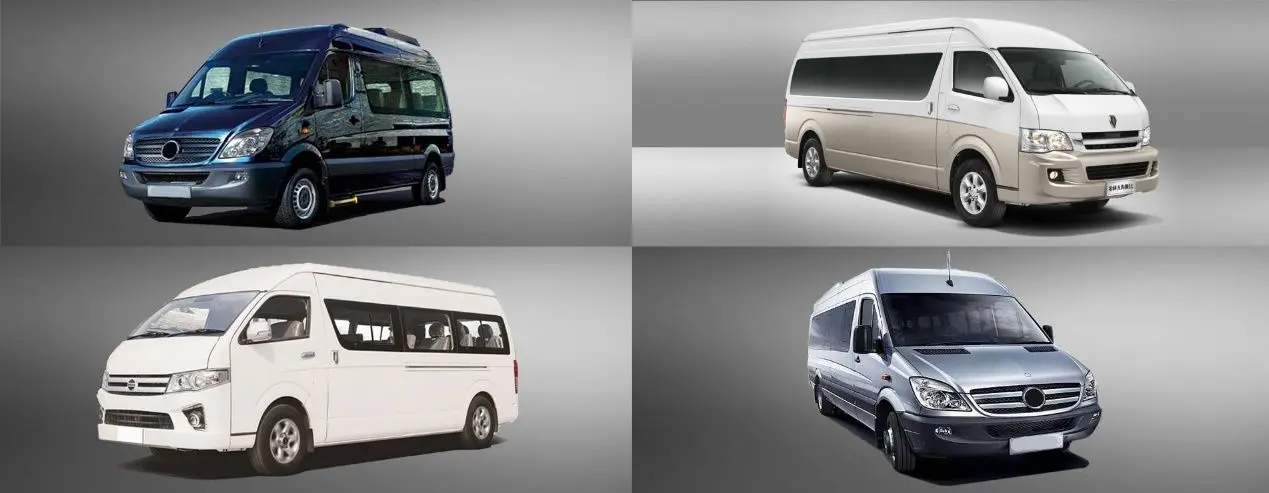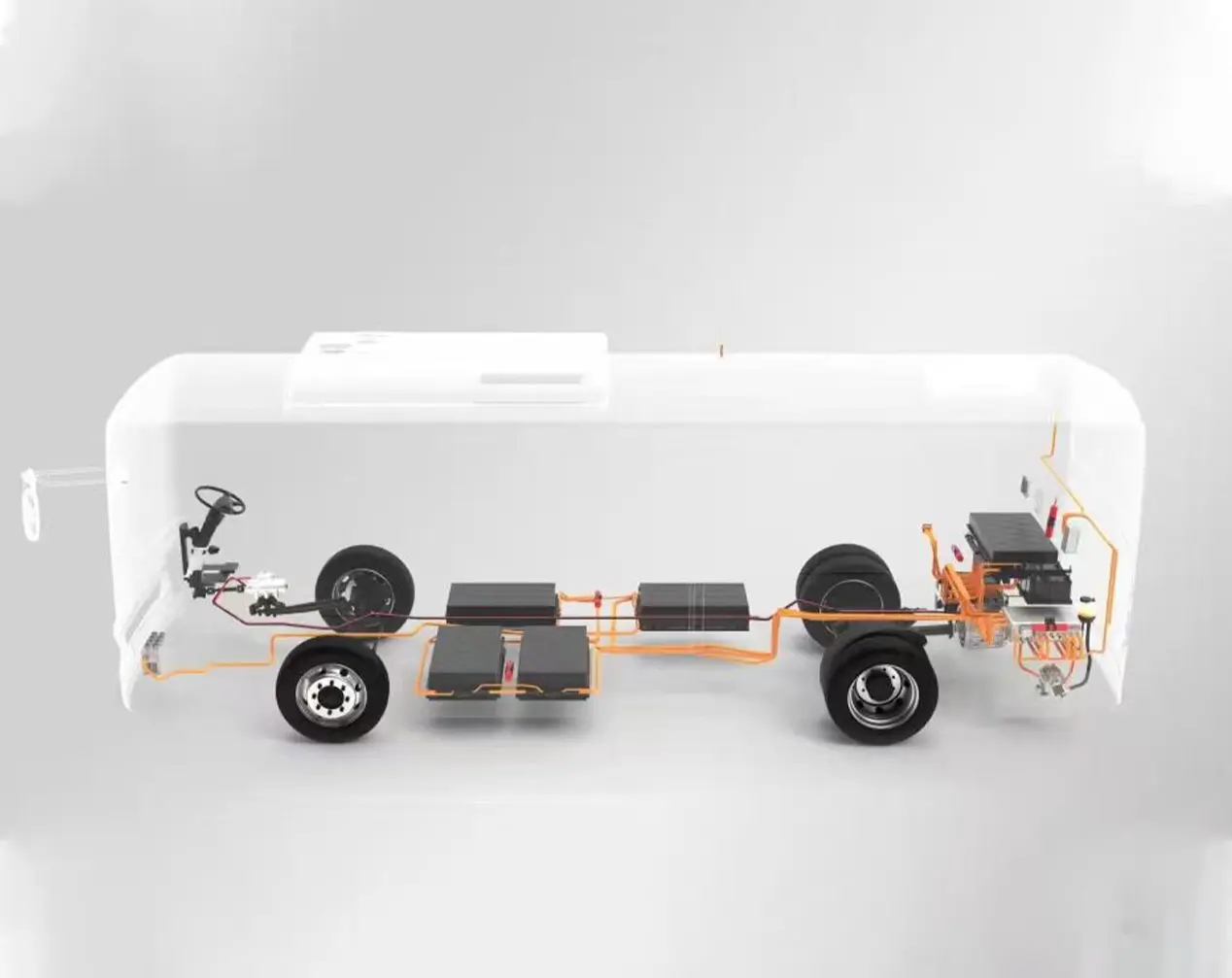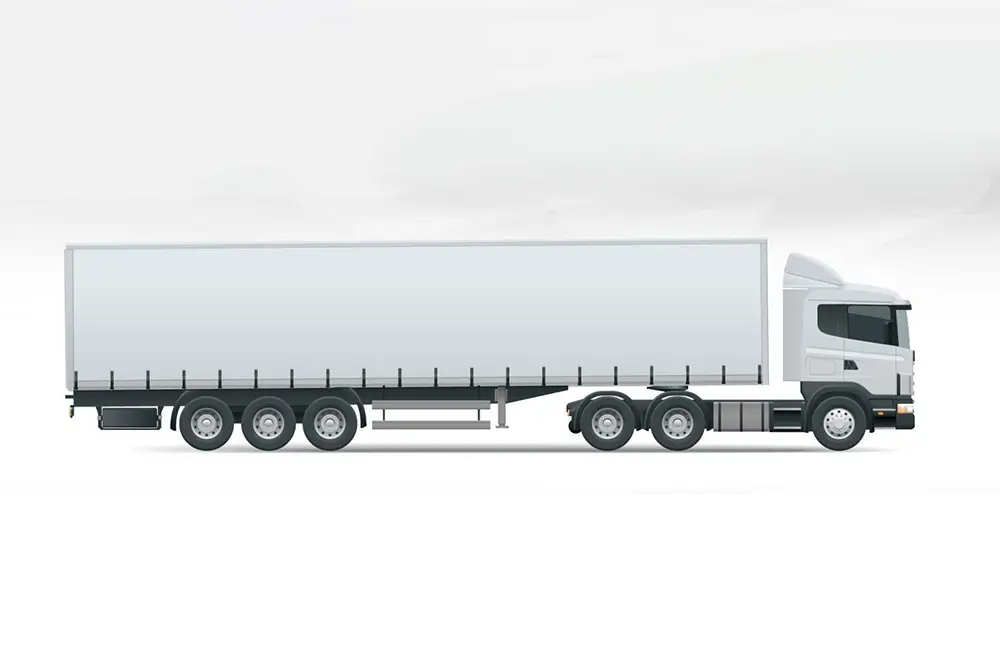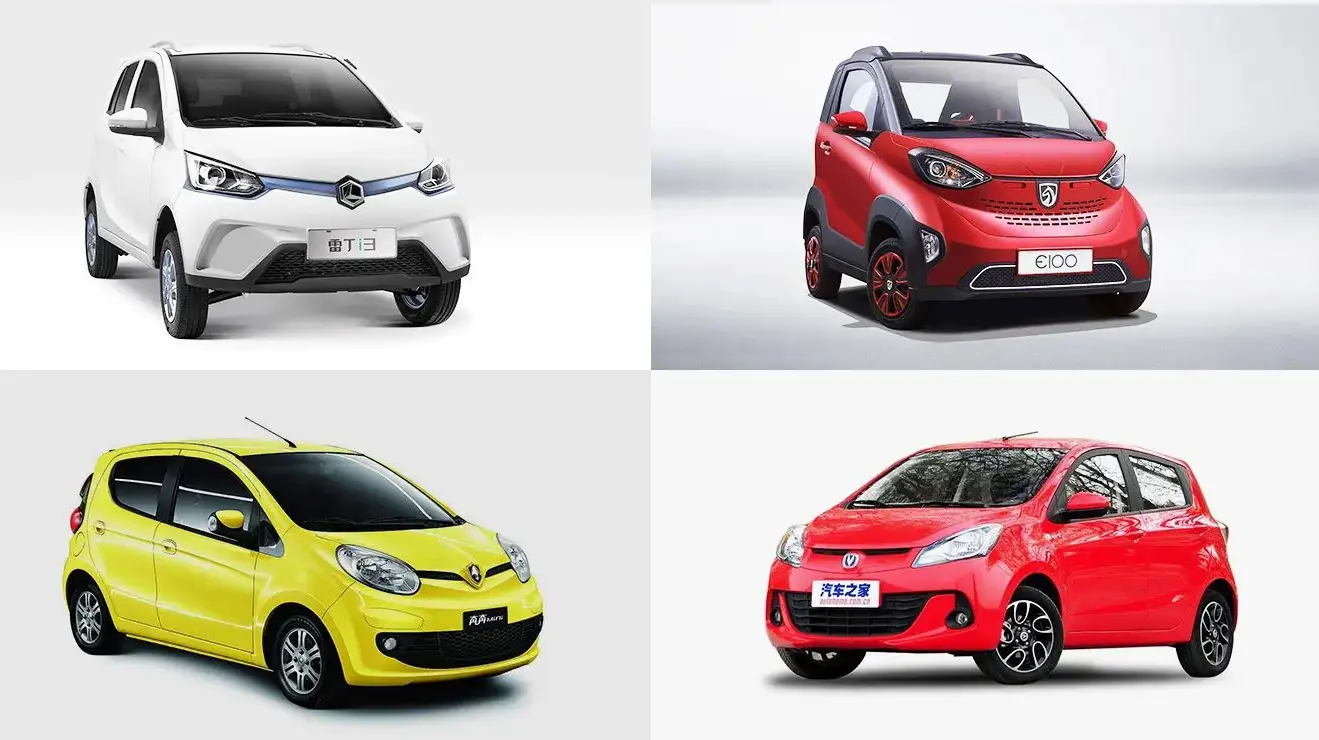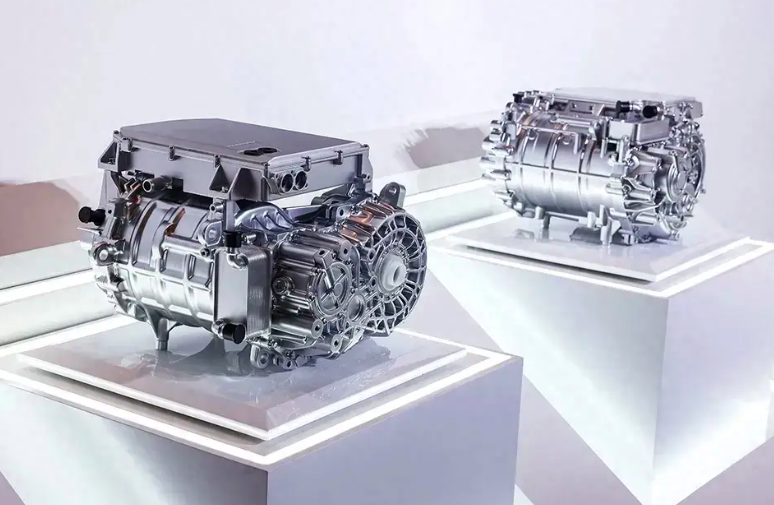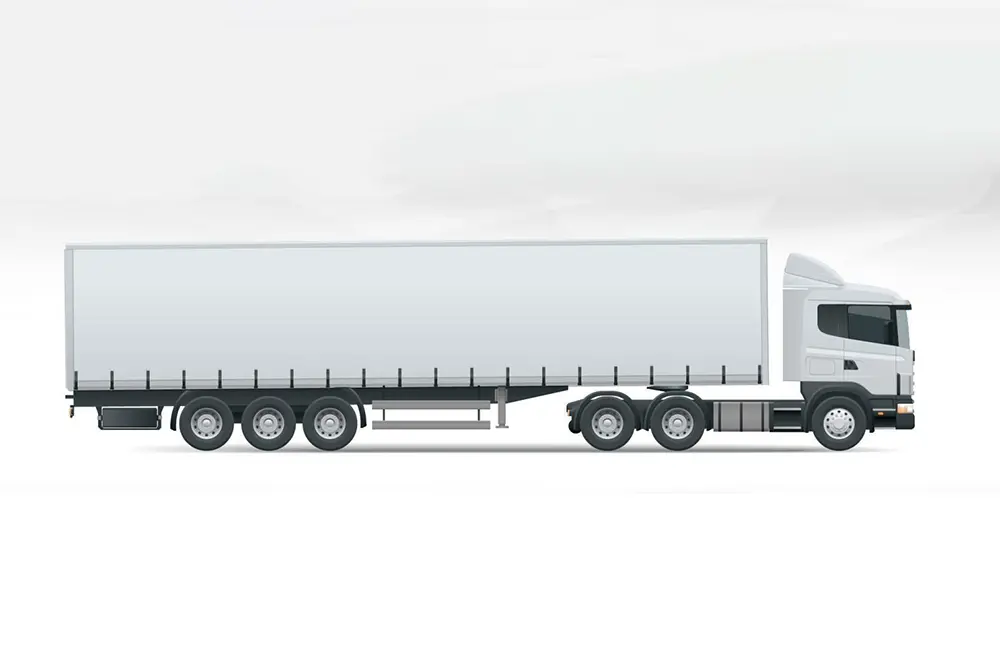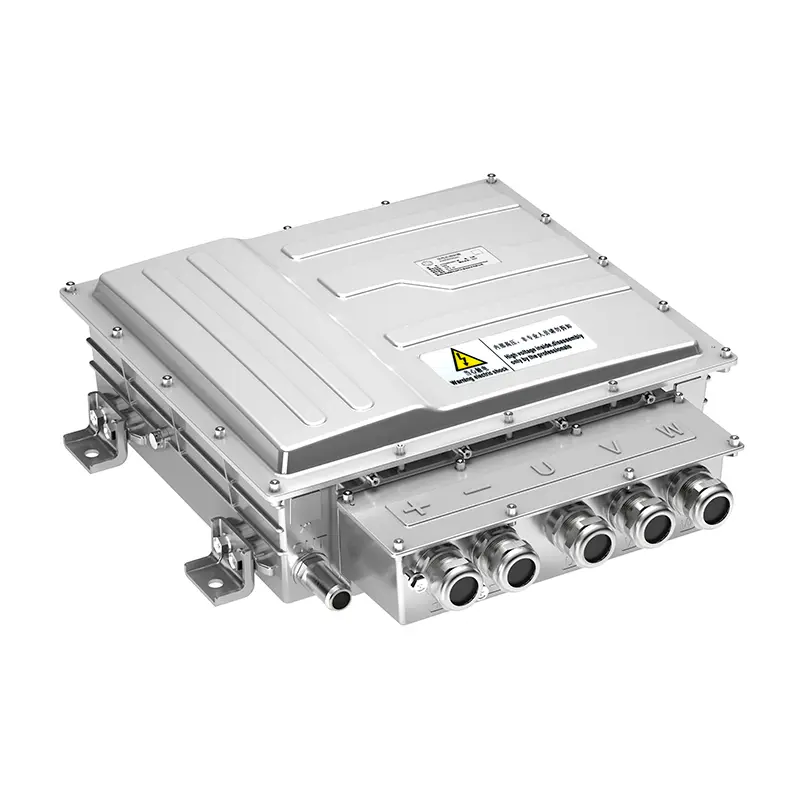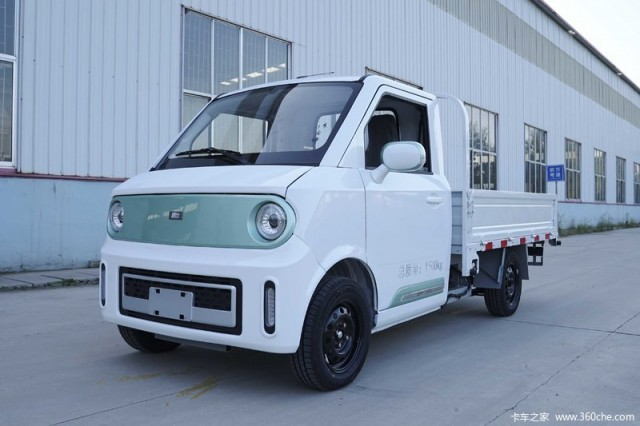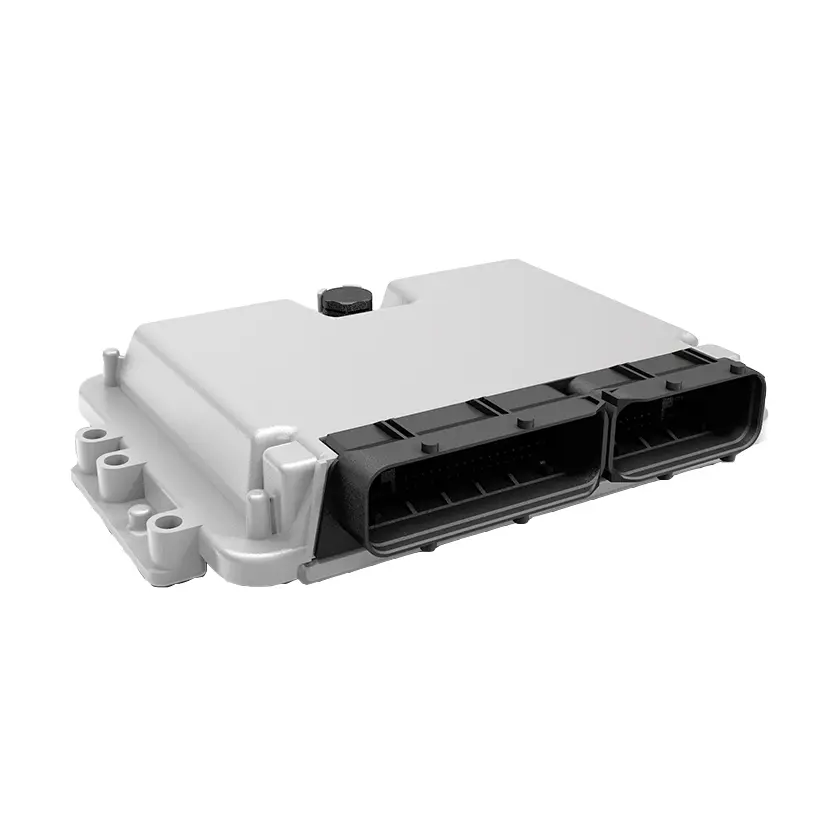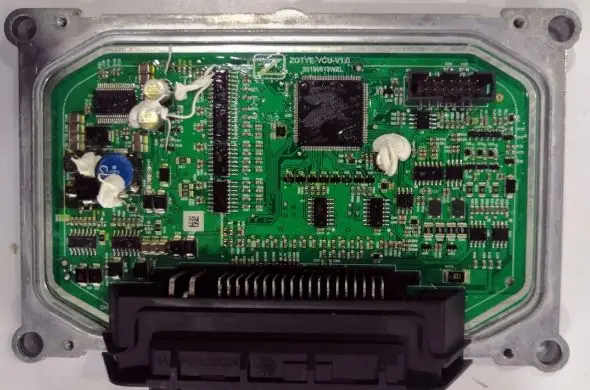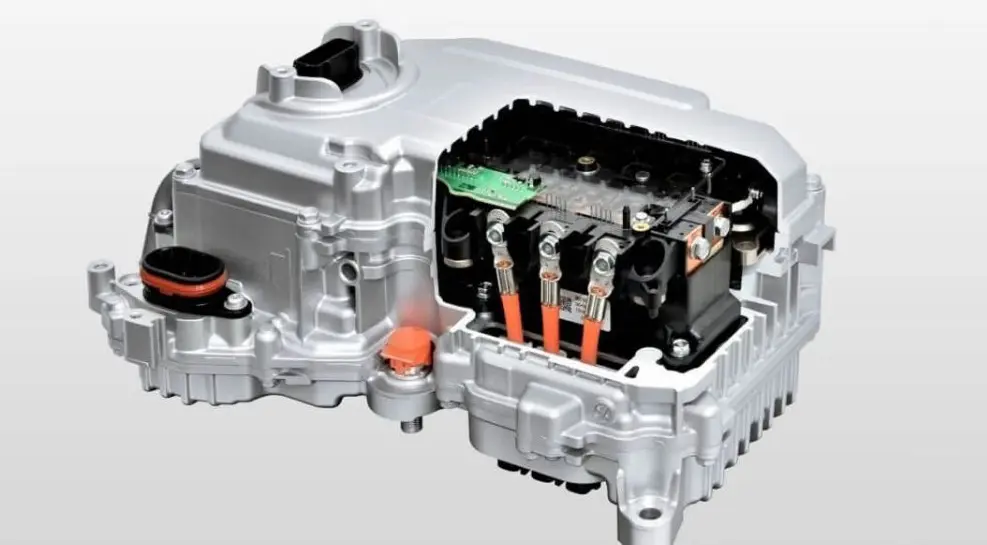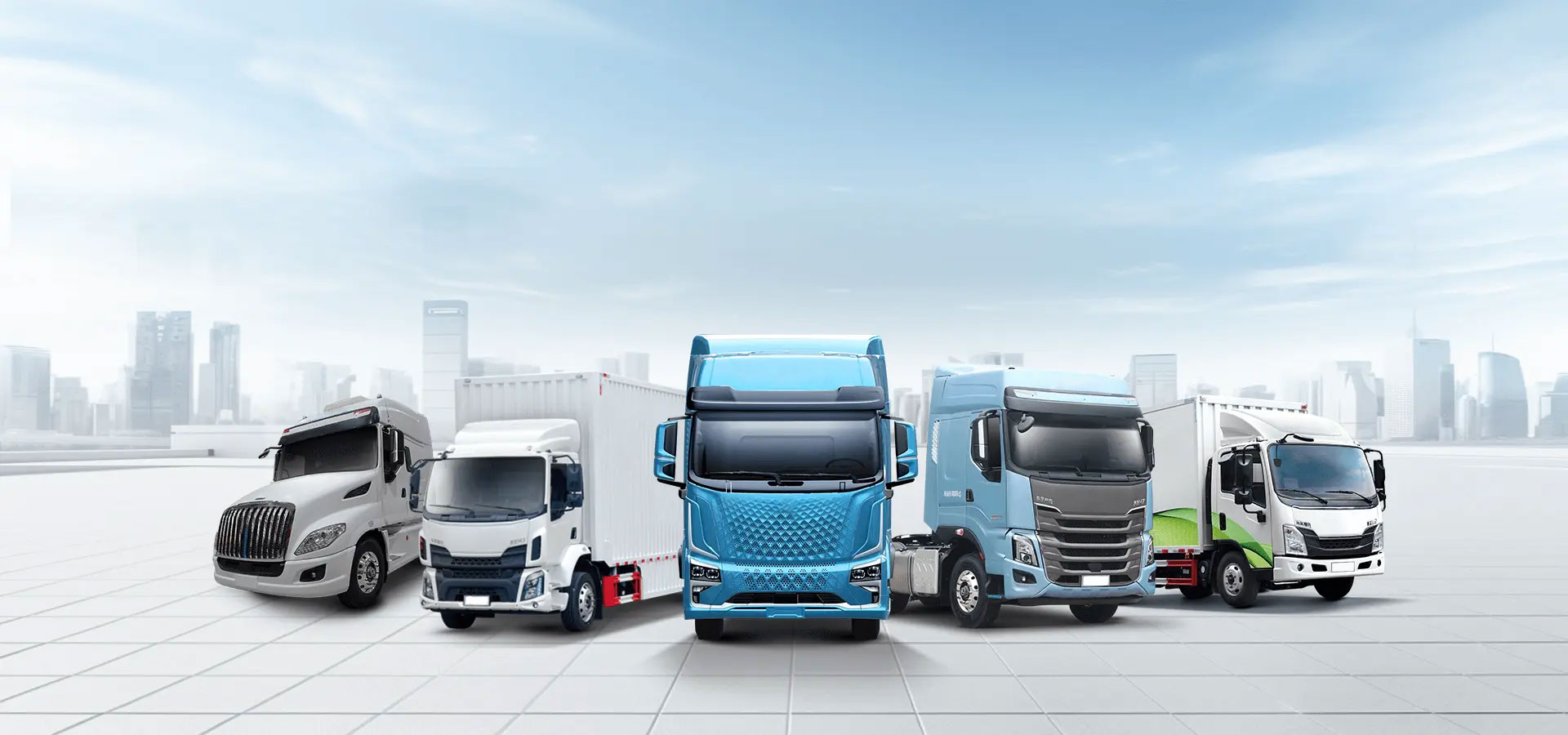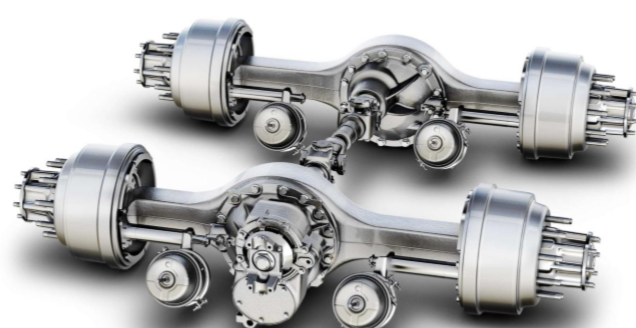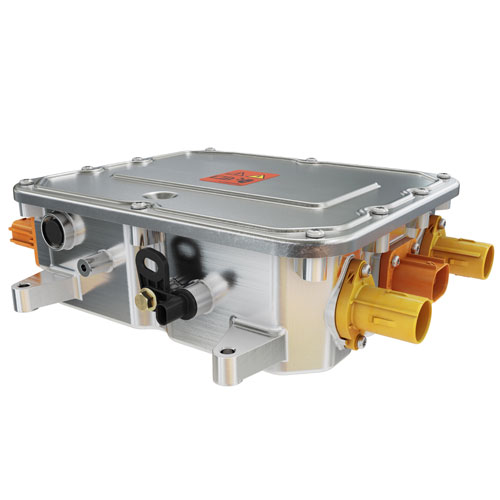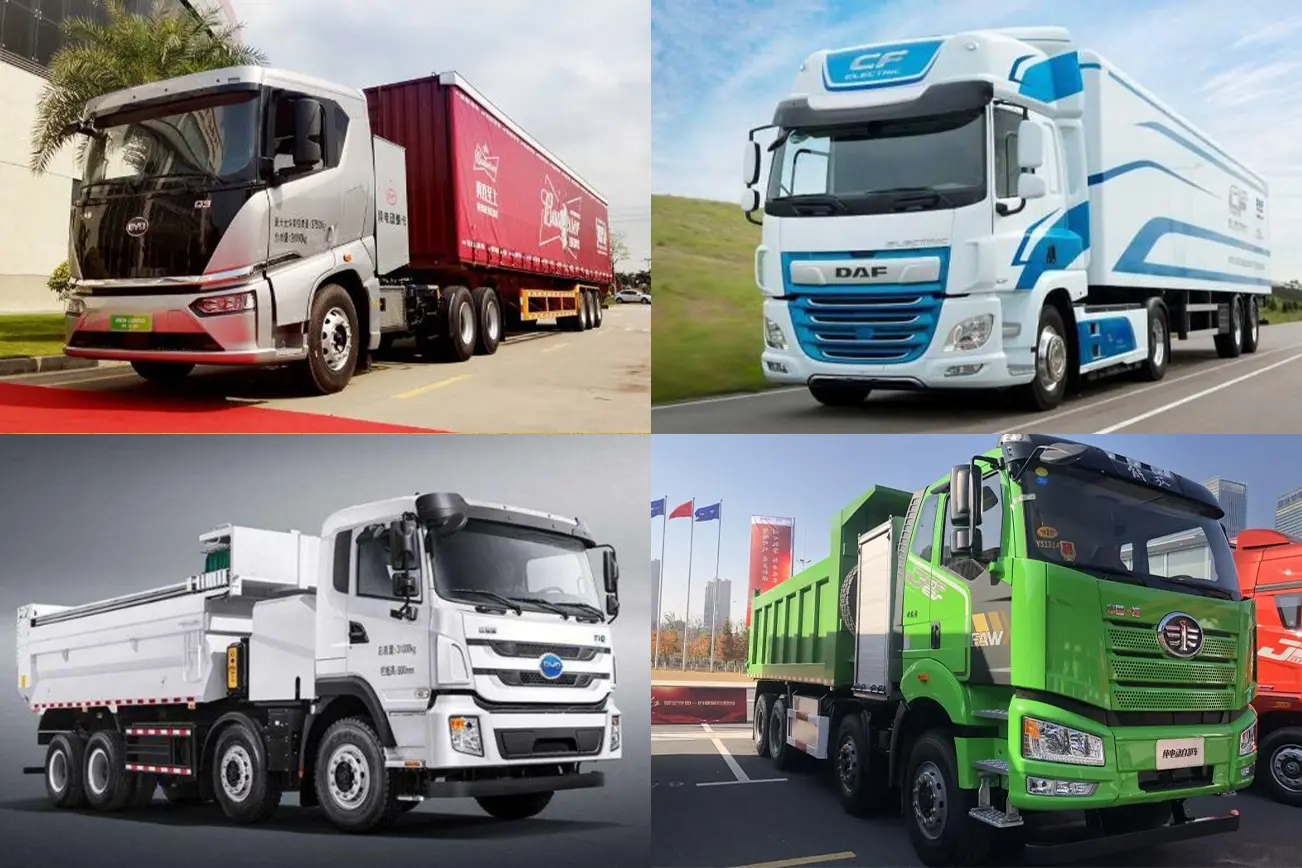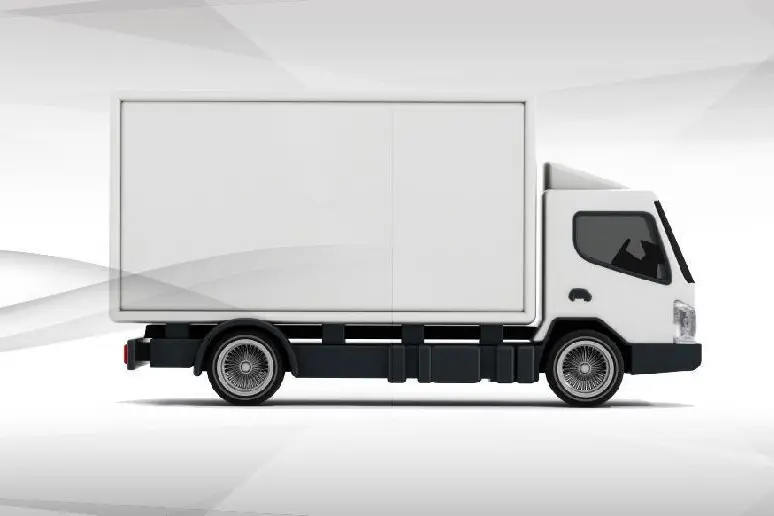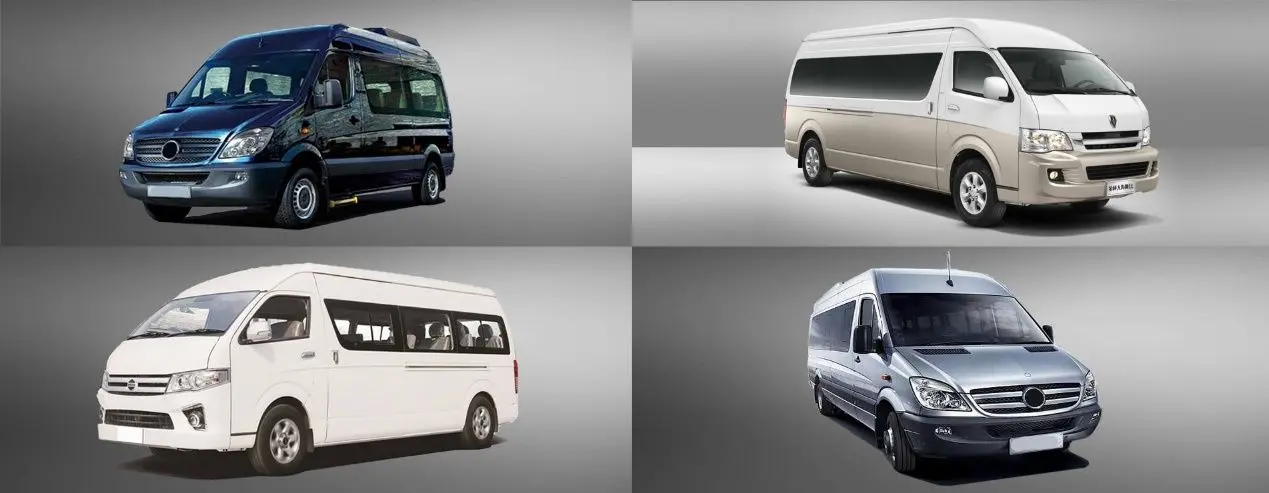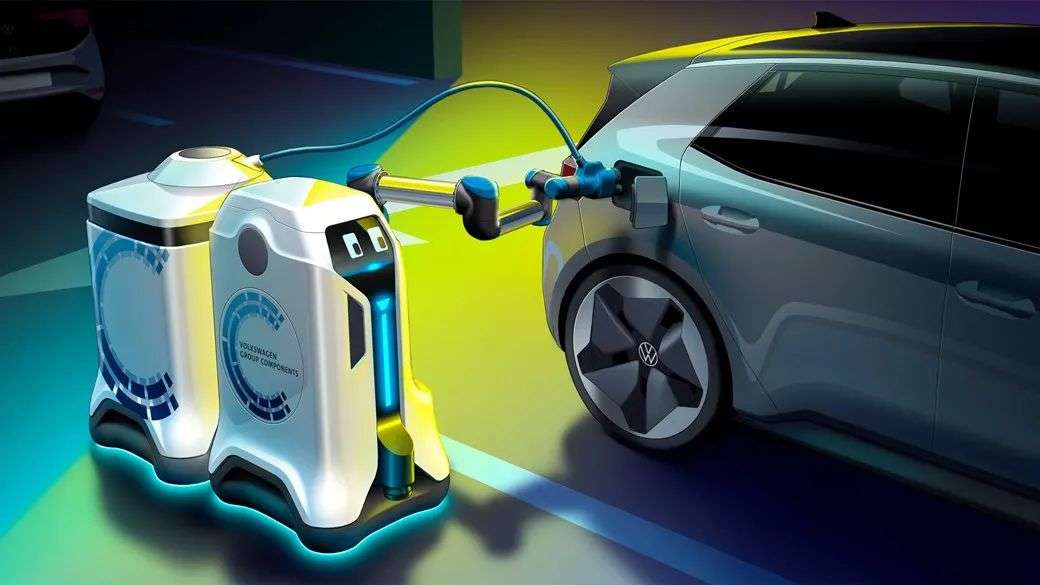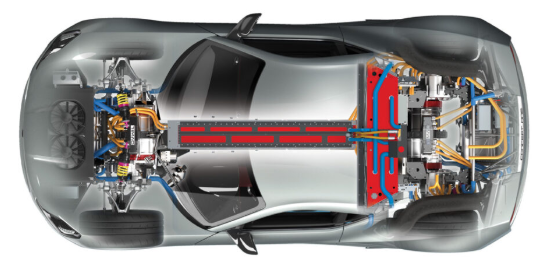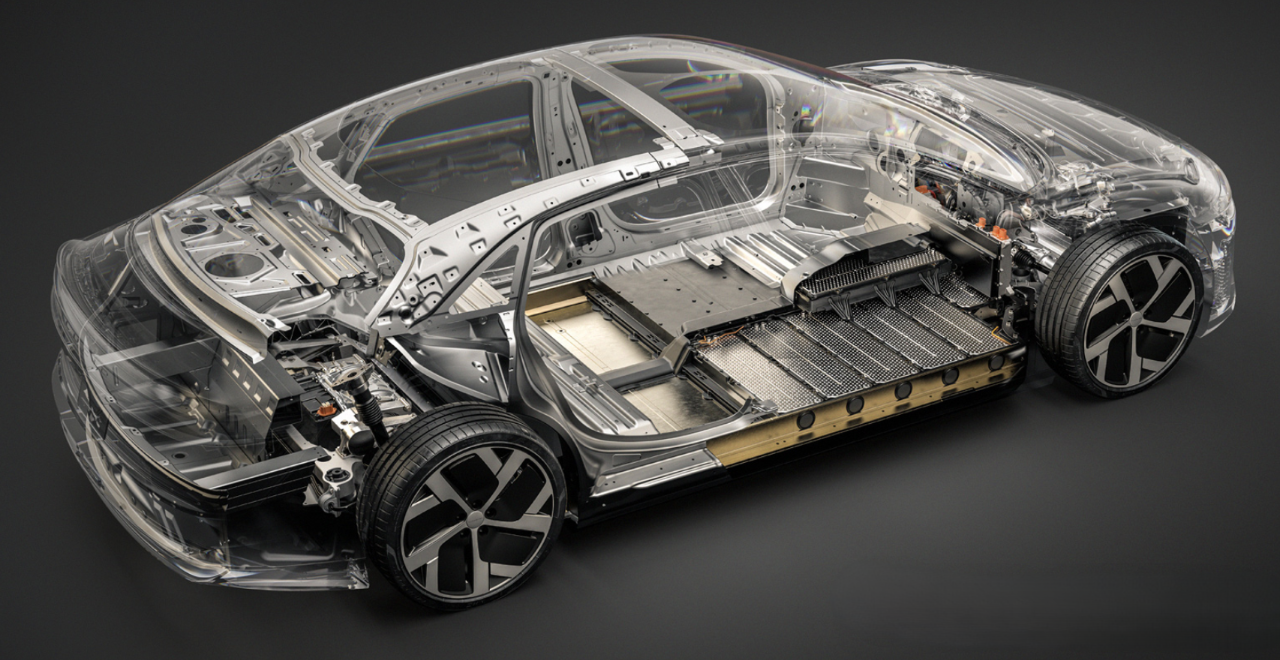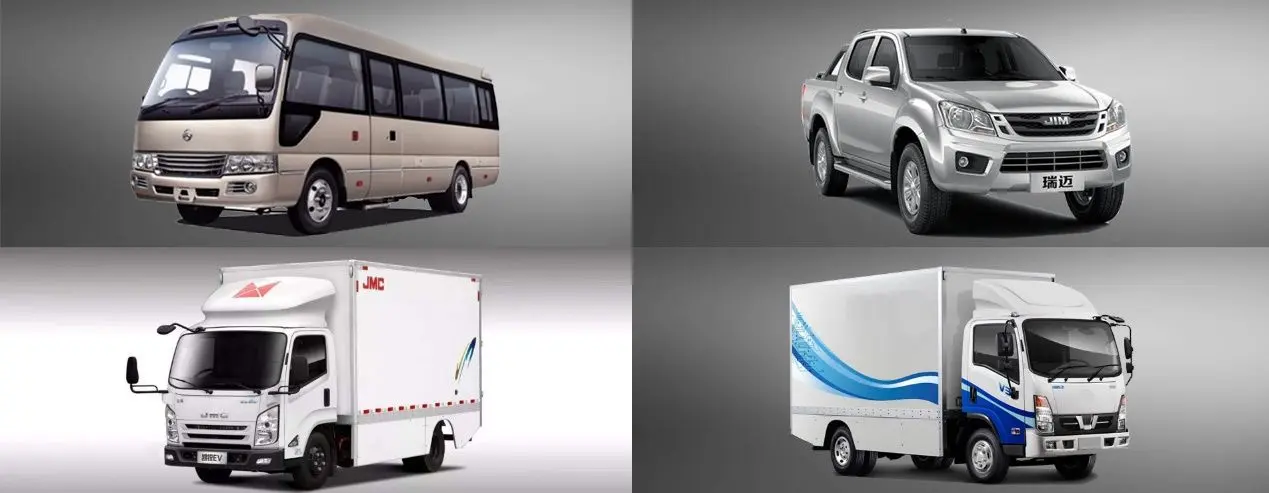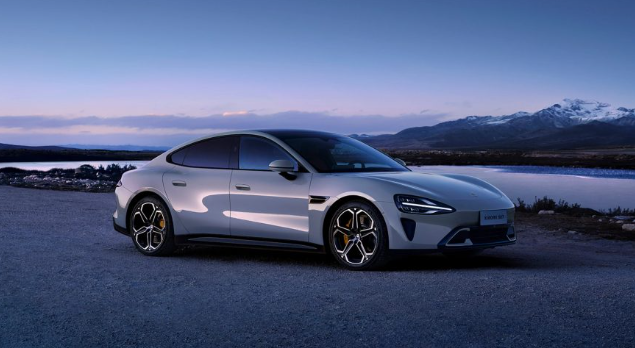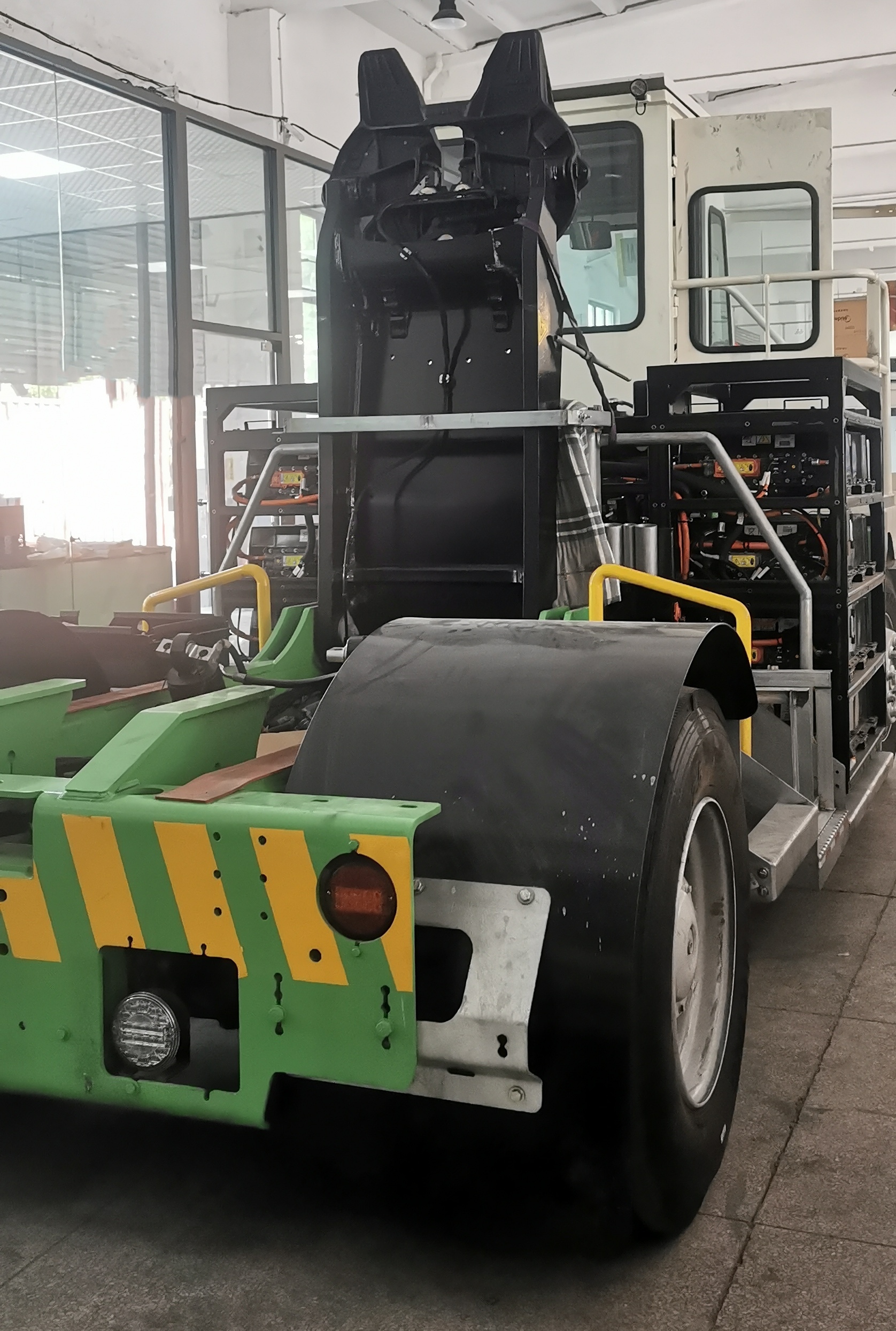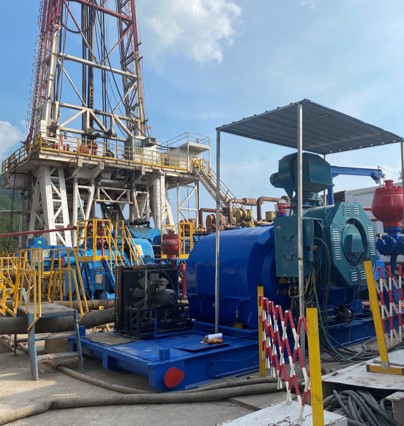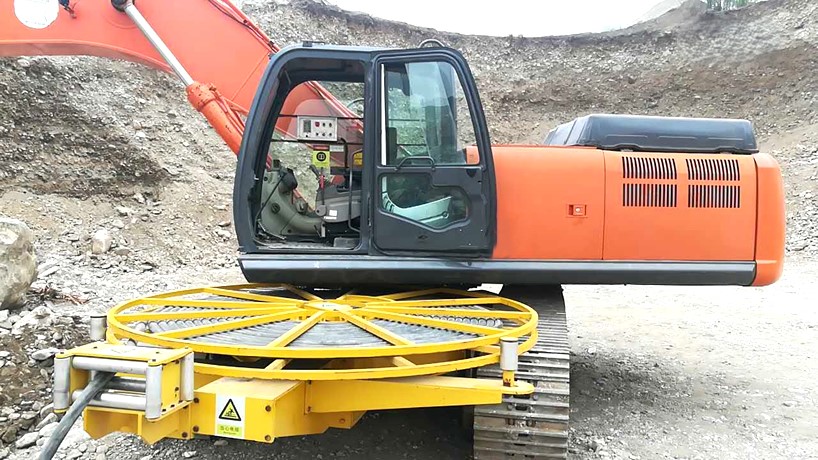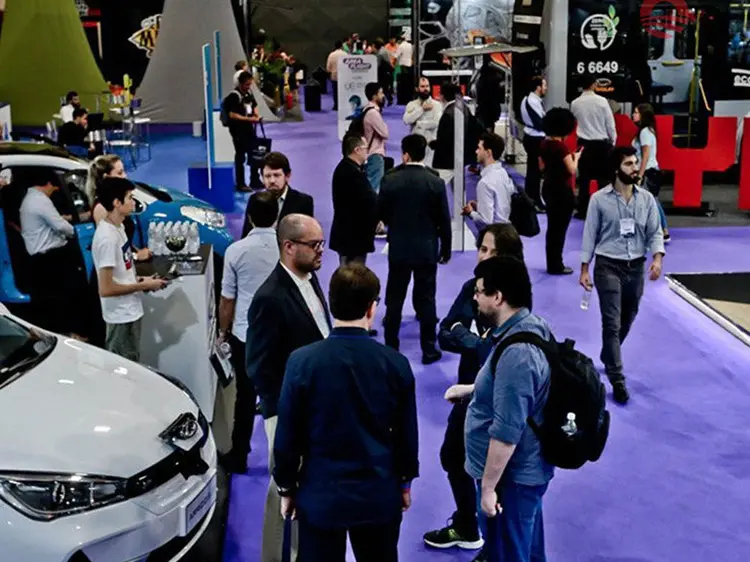Inside the Electric Vehicle Powertrain: A Guide for Automotive Professionals
Introduction
The rise of electric vehicles (EVs) has revolutionized automotive engineering. At the heart of this transformation is the electric powertrain, a sophisticated system that delivers quiet, efficient, and clean propulsion compared to traditional internal combustion engines (ICEs). For automotive professionals, understanding the nuances of the electric vehicle powertrain is essential to staying competitive in a rapidly evolving market.
This guide dives deep into the key aspects of EV powertrains, from their fundamental components and working principles to their advantages, disadvantages, and future prospects.
What is a Powertrain?
In any vehicle, the powertrain is the collection of components that generate power and deliver it to the wheels. In traditional vehicles, the powertrain includes the engine, transmission, driveshaft, differential, and axles.
The electric powertrain replaces the internal combustion engine with an electric motor and associated systems. In an electric vehicle powertrain, the energy source is a high-voltage battery, and the energy conversion is entirely electro-mechanical. This fundamentally changes how power is generated, transmitted, and managed.
Understanding this difference is critical for automotive engineers, technicians, and designers working on EV platforms.
Key Components of EV Powertrains
While simpler in layout than ICE powertrains, an electric vehicle powertrain still consists of several sophisticated subsystems:
Battery Pack
This is the heart of the EV. It stores electrical energy, typically in lithium-ion cells. Battery size and chemistry determine vehicle range, charging time, and lifespan. Professionals must consider pack design, thermal management, and safety measures.
Electric Motor(s)
Motors convert electric energy into mechanical torque. Common configurations include single-motor (front- or rear-wheel drive) and dual-motor (all-wheel drive). Motors offer instant torque, quiet operation, and high efficiency.
Inverter / Power Electronics
The inverter converts DC electricity from the battery into AC electricity to drive the motor. Power electronics also control motor speed, torque delivery, and regenerative braking.
Transmission or Gear Reduction Unit
EVs often use a single-speed reduction gear, eliminating complex multi-speed transmissions found in ICE vehicles.
Onboard Charger and DC-DC Converter
These manage charging from external AC sources and convert high-voltage battery power to low-voltage (12V) for auxiliary systems.
Thermal Management Systems
Heat generated by batteries, motors, and inverters must be managed to maintain efficiency and safety.
Each of these components contributes to the superior performance and reliability of the electric powertrain.
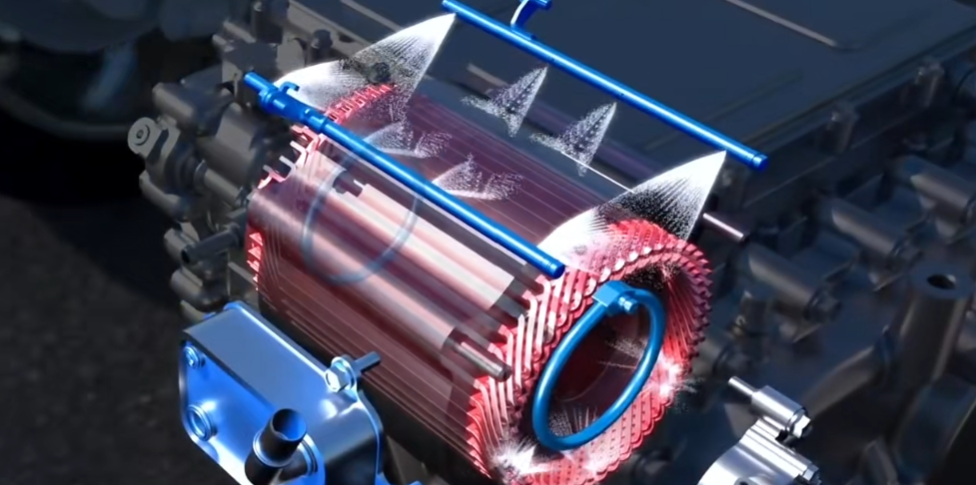
Power Generation Systems in EV Powertrains
Unlike ICEs, which burn fuel to generate mechanical power, the electric powertrain relies on stored electrical energy in batteries or, in some cases, hydrogen fuel cells.
Battery Power
Most EVs use a lithium-ion battery as the primary energy source. Battery capacity and chemistry significantly impact range, charging speed, and lifespan.
Regenerative Braking
An innovative feature of the electric vehicle powertrain is regenerative braking, where the electric motor works in reverse during deceleration to convert kinetic energy back into electrical energy, recharging the battery.
Fuel Cells
Some EVs, particularly in commercial or heavy-duty applications, use hydrogen fuel cells to generate electricity onboard, extending range and reducing refueling times.
These power generation methods distinguish EV powertrains from traditional systems and open the door to innovative energy management strategies.
Power Distribution Systems in EV Powertrains
Efficient distribution of power from the source to where it’s needed is another critical area of EV design.
High-Voltage System
The main power bus carries high-voltage electricity from the battery to the inverter and motor.
Power Electronics
Inverters, converters, and controllers manage power flow, ensuring safety and optimal performance.
Low-Voltage System
A separate low-voltage circuit powers lighting, infotainment, HVAC, and control modules.
Modern EVs incorporate intelligent distribution networks with safety cutoffs, monitoring systems, and redundant pathways to improve reliability.
Electro-Mechanical Energy Conversion in EV Powertrains
The core of the electric powertrain is the electro-mechanical energy conversion process. The electric motor transforms electrical energy into mechanical rotation, providing instant torque and precise control. Common types of motors used include:
Permanent Magnet Synchronous Motors (PMSM)
Induction Motors (IM)
Switched Reluctance Motors (SRM)
Each motor type offers unique advantages in terms of cost, efficiency, and performance. Automotive professionals must choose the right motor technology based on the application, whether for high-performance passenger vehicles or heavy-duty trucks.
Types of Electrified Powertrains
Electrification is not a one-size-fits-all solution. Automotive professionals should be familiar with several variants:
Battery Electric Vehicles (BEVs)
Fully electric, powered entirely by batteries. No tailpipe emissions and minimal maintenance.
Plug-in Hybrid Electric Vehicles (PHEVs)
Have both an ICE and an electric motor with a battery that can be charged externally. Can run on electric power for short trips.
Hybrid Electric Vehicles (HEVs)
Combine ICE and electric motors but cannot be plugged in. Electric motors assist the ICE, improving fuel economy.
Fuel Cell Electric Vehicles (FCEVs)
Generate electricity onboard using hydrogen fuel cells, offering long range and fast refueling.
Each approach has its own market and application niches, giving professionals flexibility to meet diverse customer needs.
ICEs vs. EV Powertrains
Comparing internal combustion engine powertrains and electric vehicle powertrains highlights their differences:
|
Feature |
ICE Powertrain |
Electric Powertrain |
|
Energy Source |
Gasoline/Diesel |
Electricity |
|
Energy Conversion |
Chemical → Mechanical |
Electrical → Mechanical |
|
Components |
Engine, Transmission, Exhaust |
Battery, Motor, Inverter |
|
Emissions |
CO₂ and NOₓ |
Zero (at point of use) |
|
Maintenance |
High (fluids, wear) |
Low |
|
Efficiency |
~25-30% |
~85-90% |
This comparison shows why EVs are gaining ground, especially in markets focusing on sustainability and efficiency.
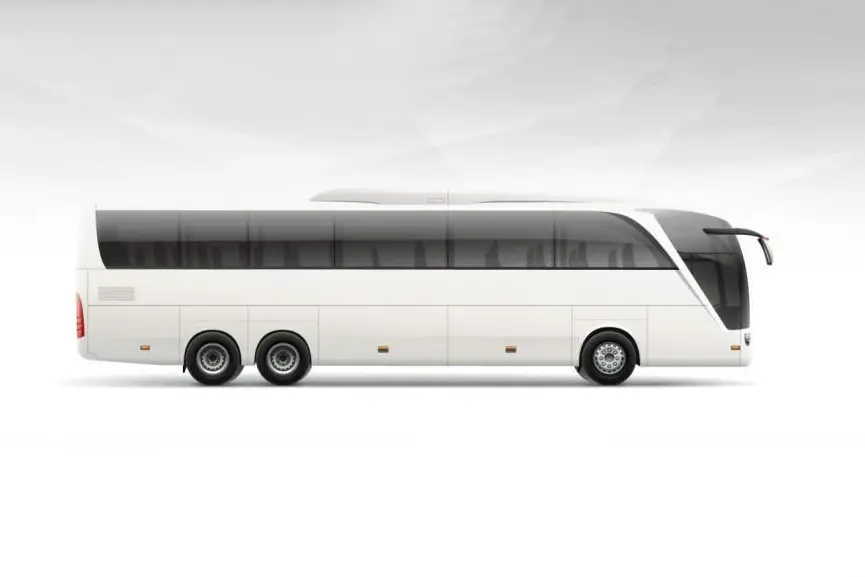
Advantages of EV Powertrains
The electric vehicle powertrain offers numerous advantages:
- Higher Efficiency: Less energy loss compared to ICEs.
- Instant Torque: Electric motors deliver maximum torque from zero RPM.
- Lower Maintenance: Fewer moving parts mean less wear and fewer repairs.
- Zero Tailpipe Emissions: Helps meet strict emissions standards.
- Quiet Operation: Improves driver and passenger comfort.
These benefits are why automakers and regulators worldwide are pushing for increased EV adoption.
Disadvantages of EV Powertrains
Despite the advantages, EV powertrains come with challenges:
- Range Anxiety: Limited range compared to gasoline vehicles.
- Charging Infrastructure: Still under development in many regions.
- Battery Cost and Degradation: High costs and reduced performance over time.
- Weight: Batteries add significant weight, which can impact handling and efficiency.
- Raw Material Supply: Battery production depends on materials like lithium and cobalt, which have supply and ethical sourcing concerns.
Addressing these challenges is a key focus of ongoing EV research and development.
EV Powertrain Design
Designing an electric powertrain requires expertise in electrical, mechanical, and software engineering. Key design considerations include:
- Energy Efficiency: Minimizing losses in all components.
- Thermal Management: Keeping batteries and motors within optimal temperatures.
- Safety Systems: Managing high-voltage risks and crash safety.
- Modularity and Scalability: Allowing designs to fit multiple vehicle platforms.
- Software Integration: Advanced control algorithms for energy management and driver assistance systems.
Successful electric vehicle powertrain design balances performance, cost, and reliability while meeting regulatory and customer expectations.
The Future of EV Powertrains
The future of the electric vehicle powertrain is bright and full of innovation. Emerging trends include:
- Solid-State Batteries: Promising higher energy density and faster charging.
- Bidirectional Charging: Allowing EVs to feed energy back to the grid (vehicle-to-grid or V2G).
- Lightweight Materials: Reducing overall vehicle weight to improve efficiency.
- More Compact and Integrated Designs: Reducing cost and improving packaging.
- Autonomous Vehicle Integration: Powertrains designed to work seamlessly with self-driving technologies.
As governments continue to incentivize EV adoption and technology advances, the electric powertrain will become even more sophisticated and prevalent.
Conclusion
For automotive professionals, mastering the intricacies of the electric vehicle powertrain is no longer optional — it’s essential. From understanding the key components and their functions to anticipating future developments, expertise in electric powertrain technology enables professionals to lead in the transition to sustainable mobility.
The transition from ICE to EV powertrains represents one of the most significant shifts in automotive history. Staying informed and adaptable will allow engineers, designers, and business leaders to thrive in this new era of electric mobility.











